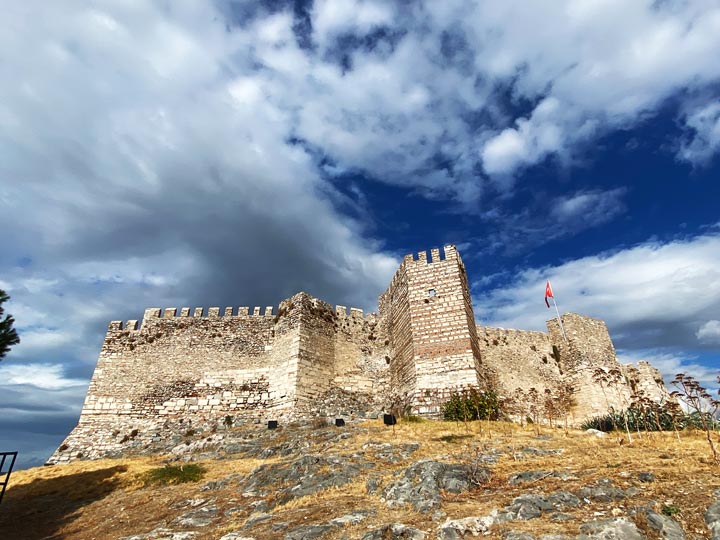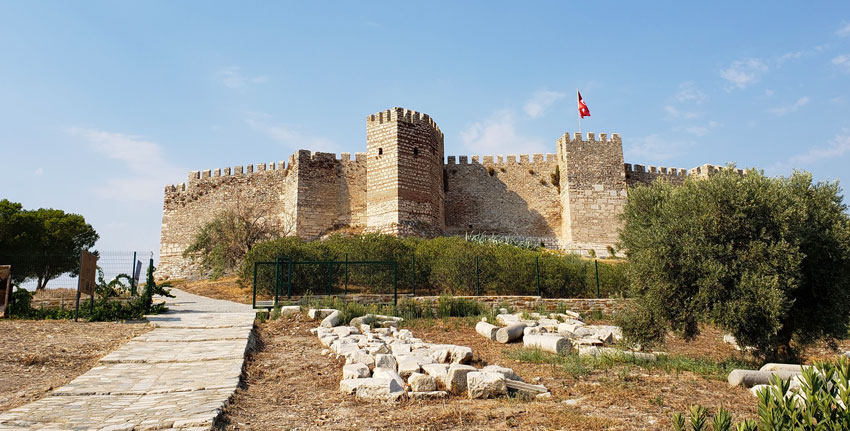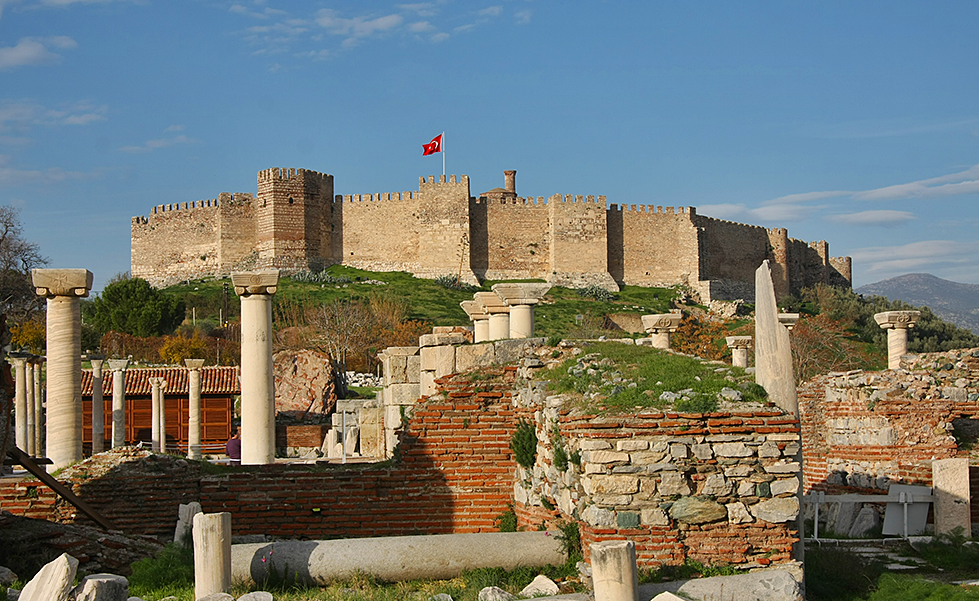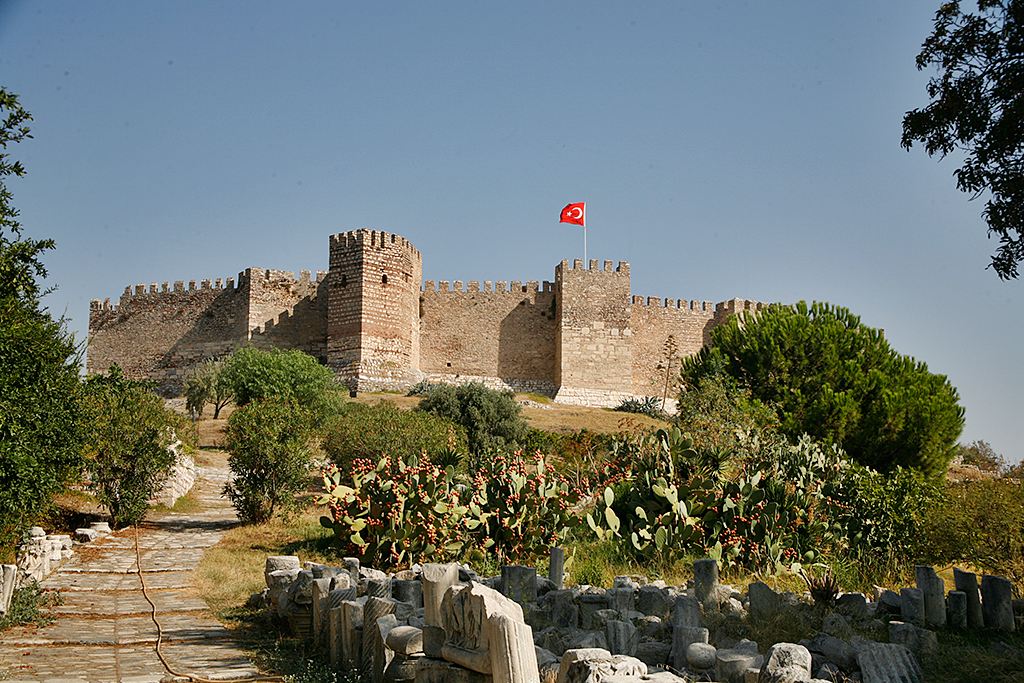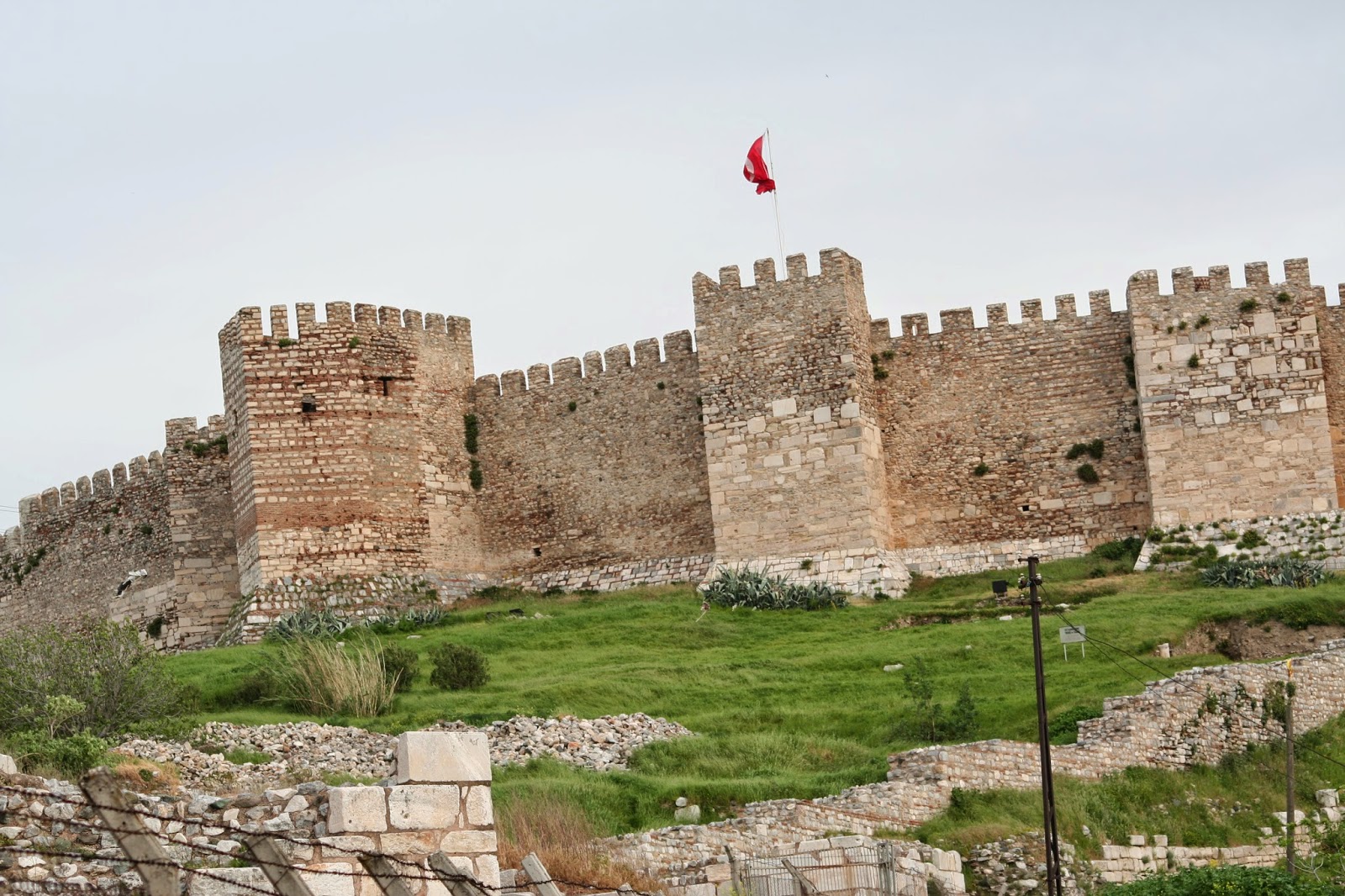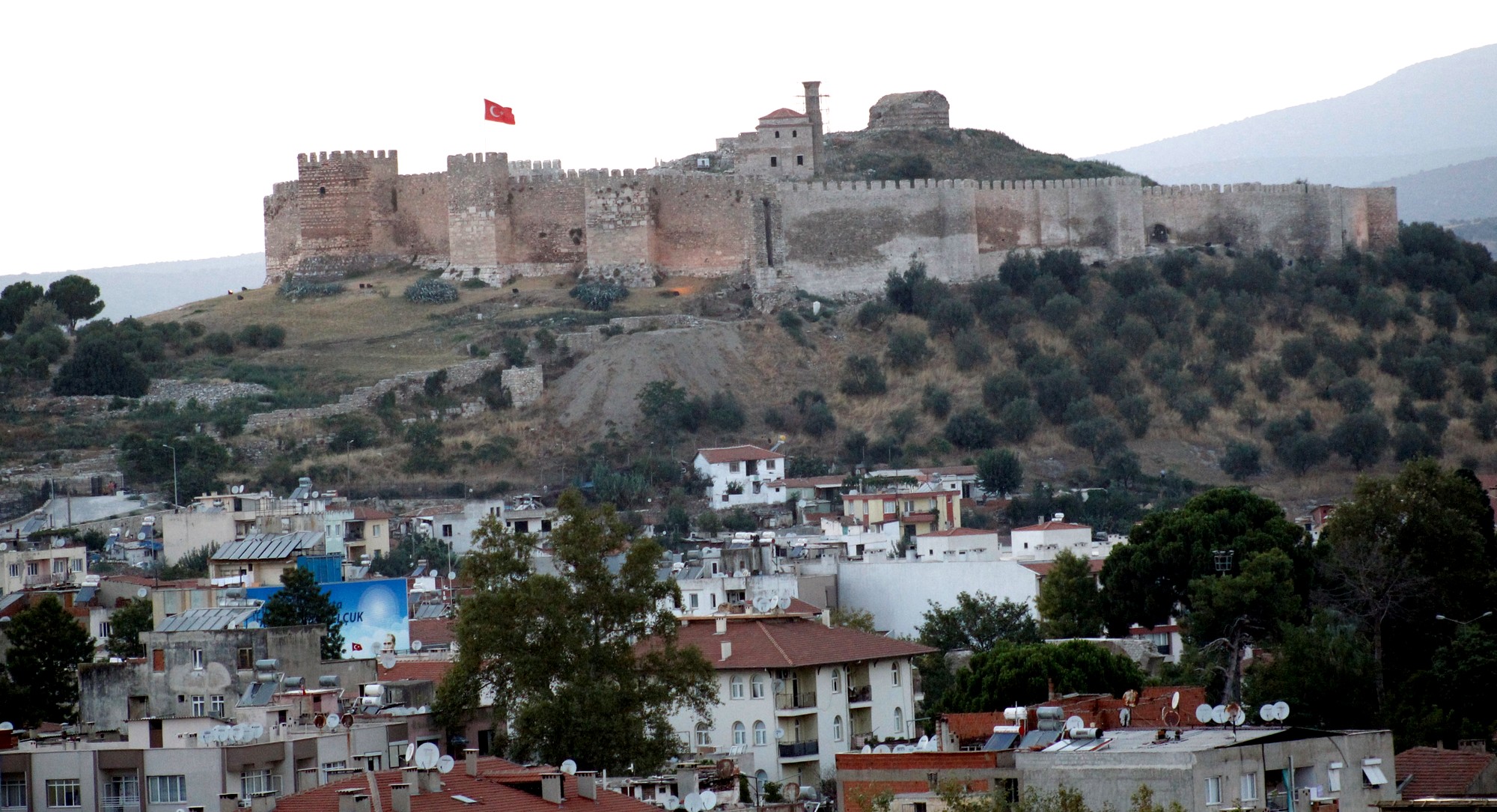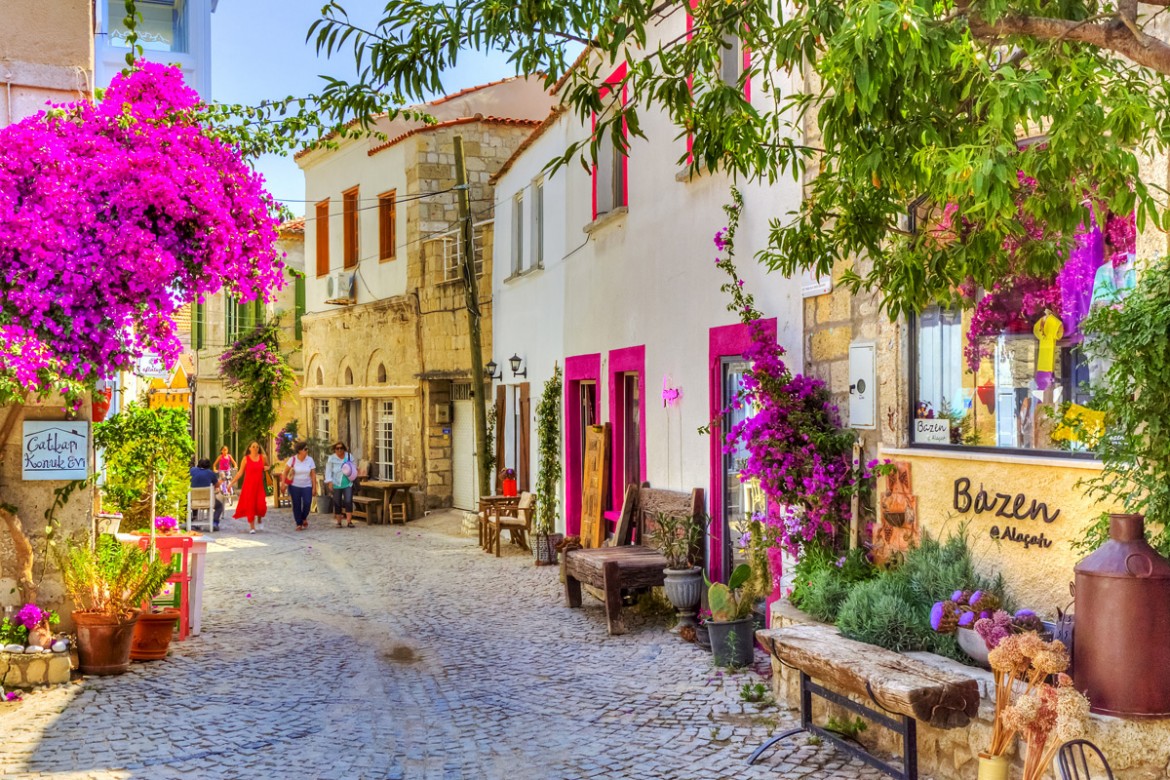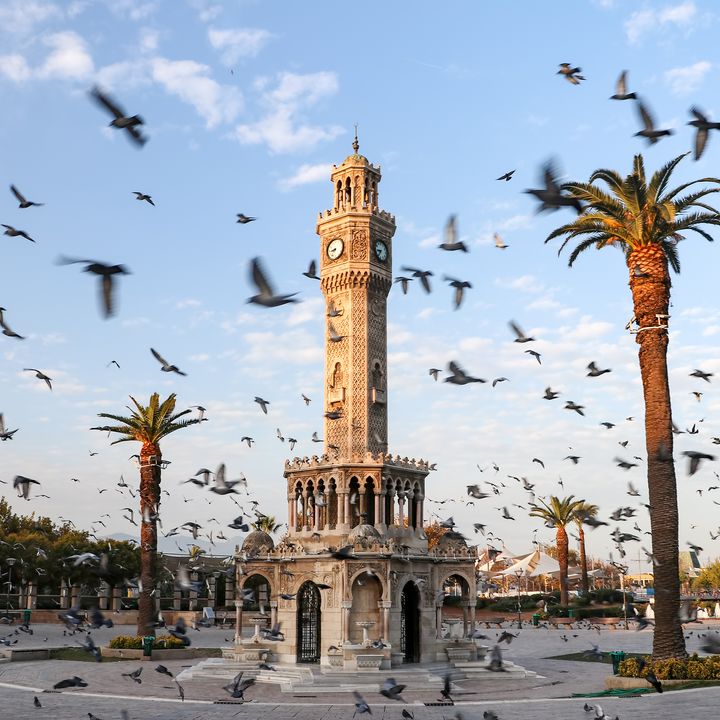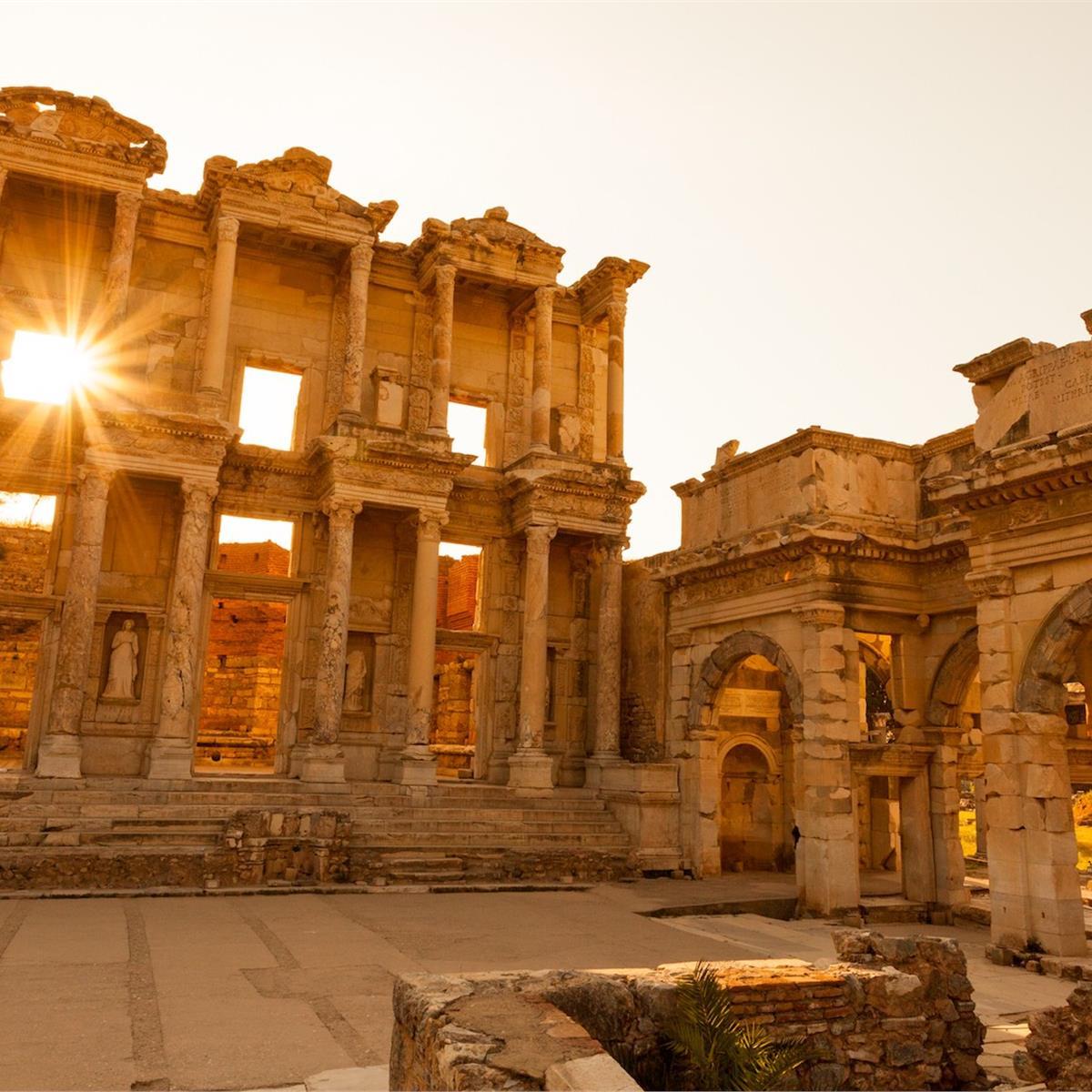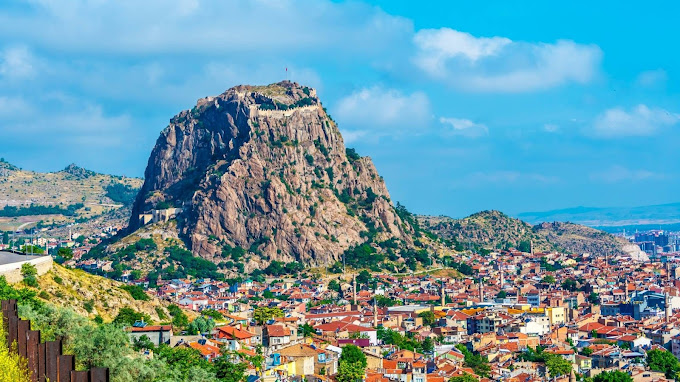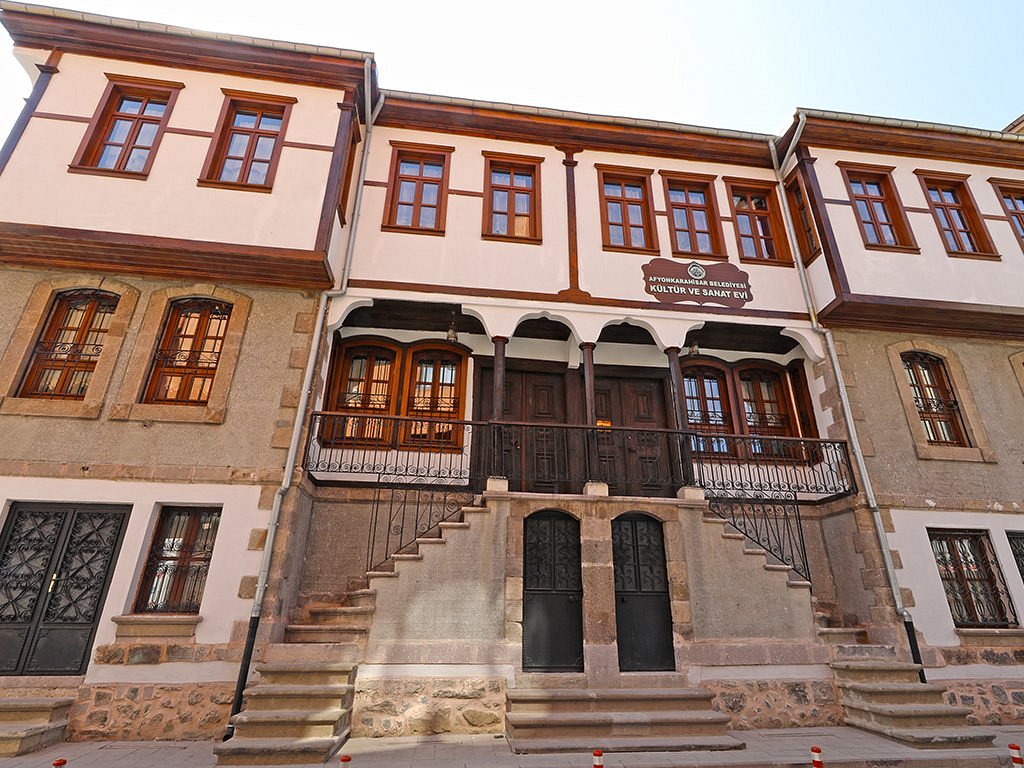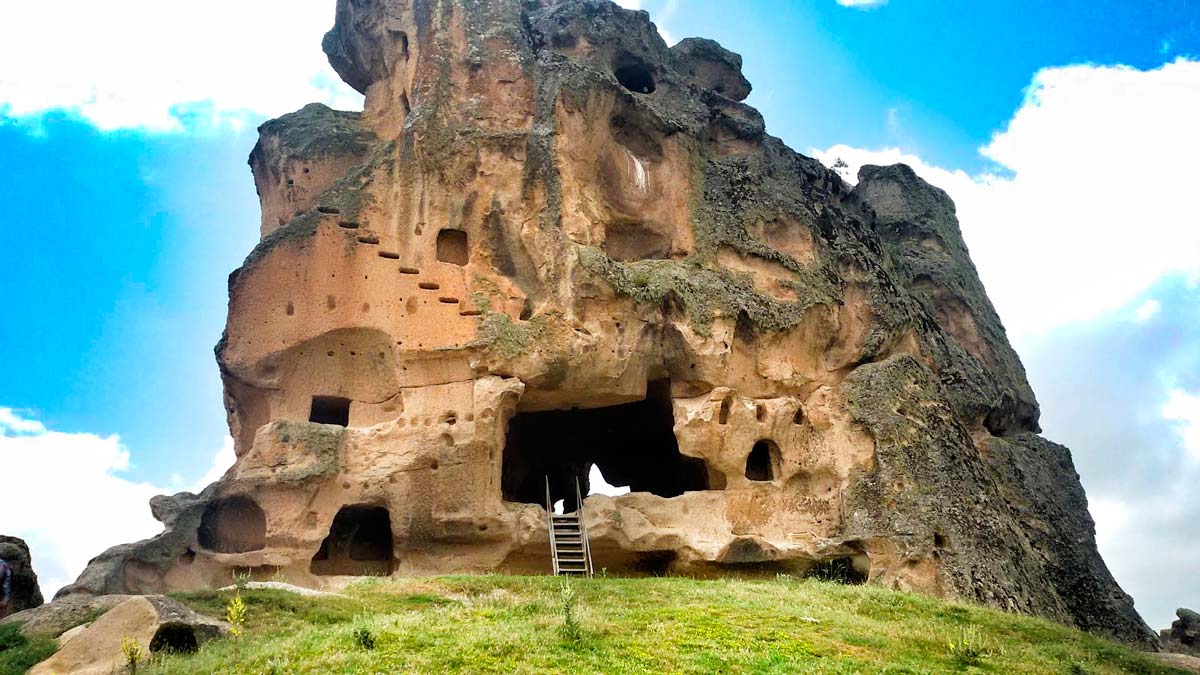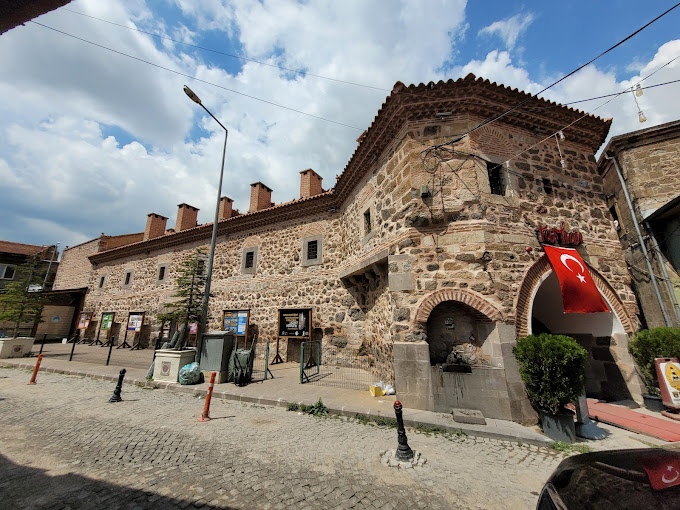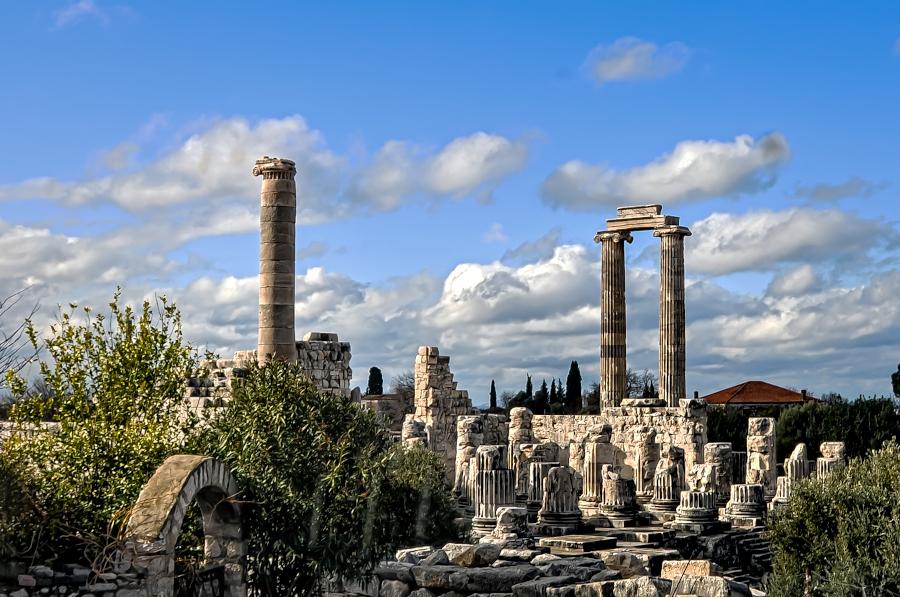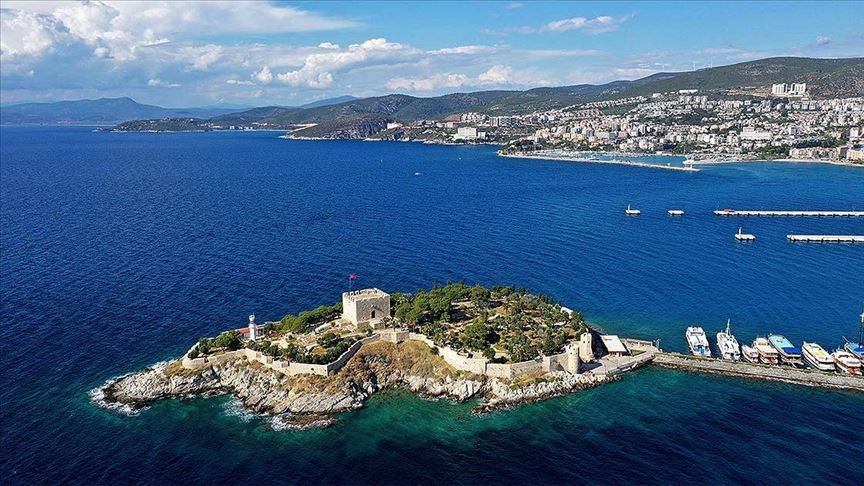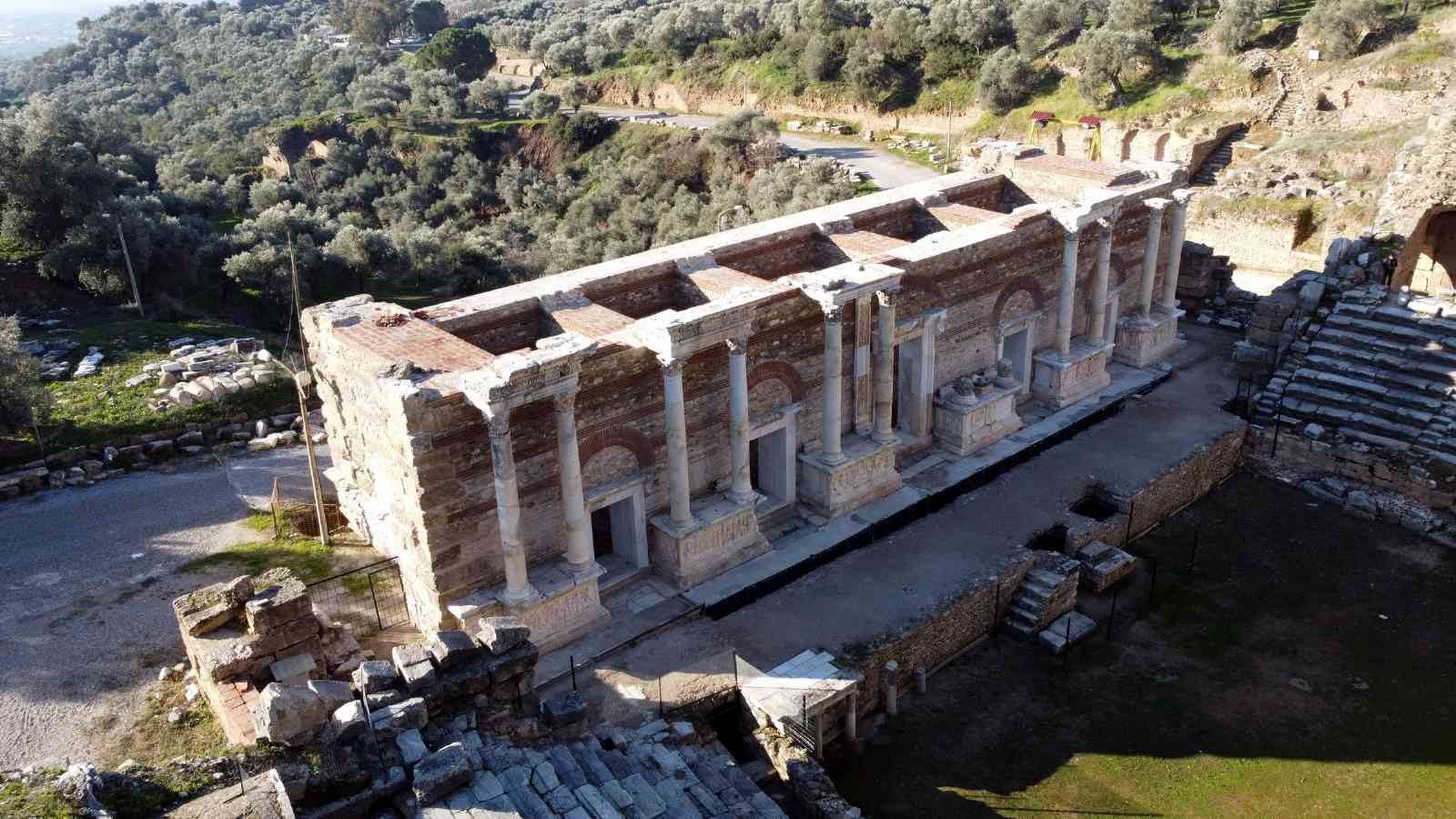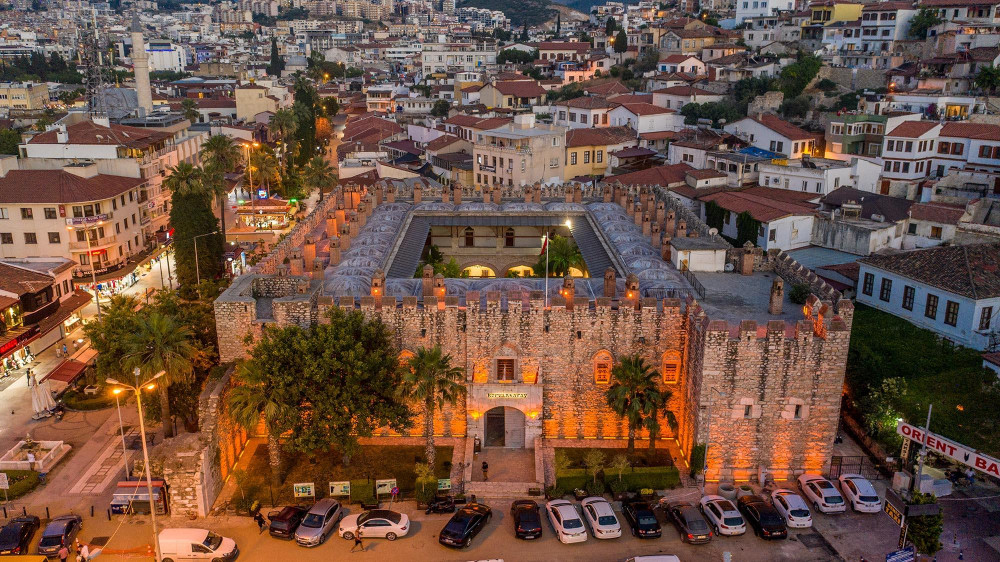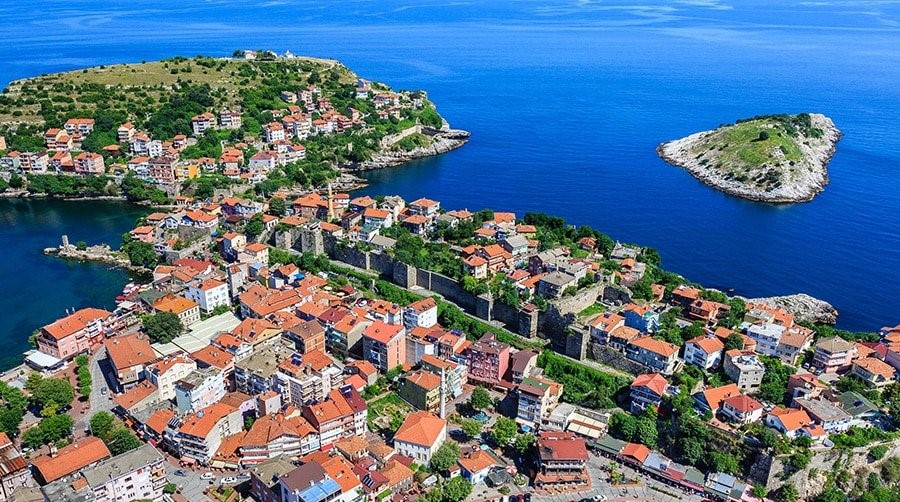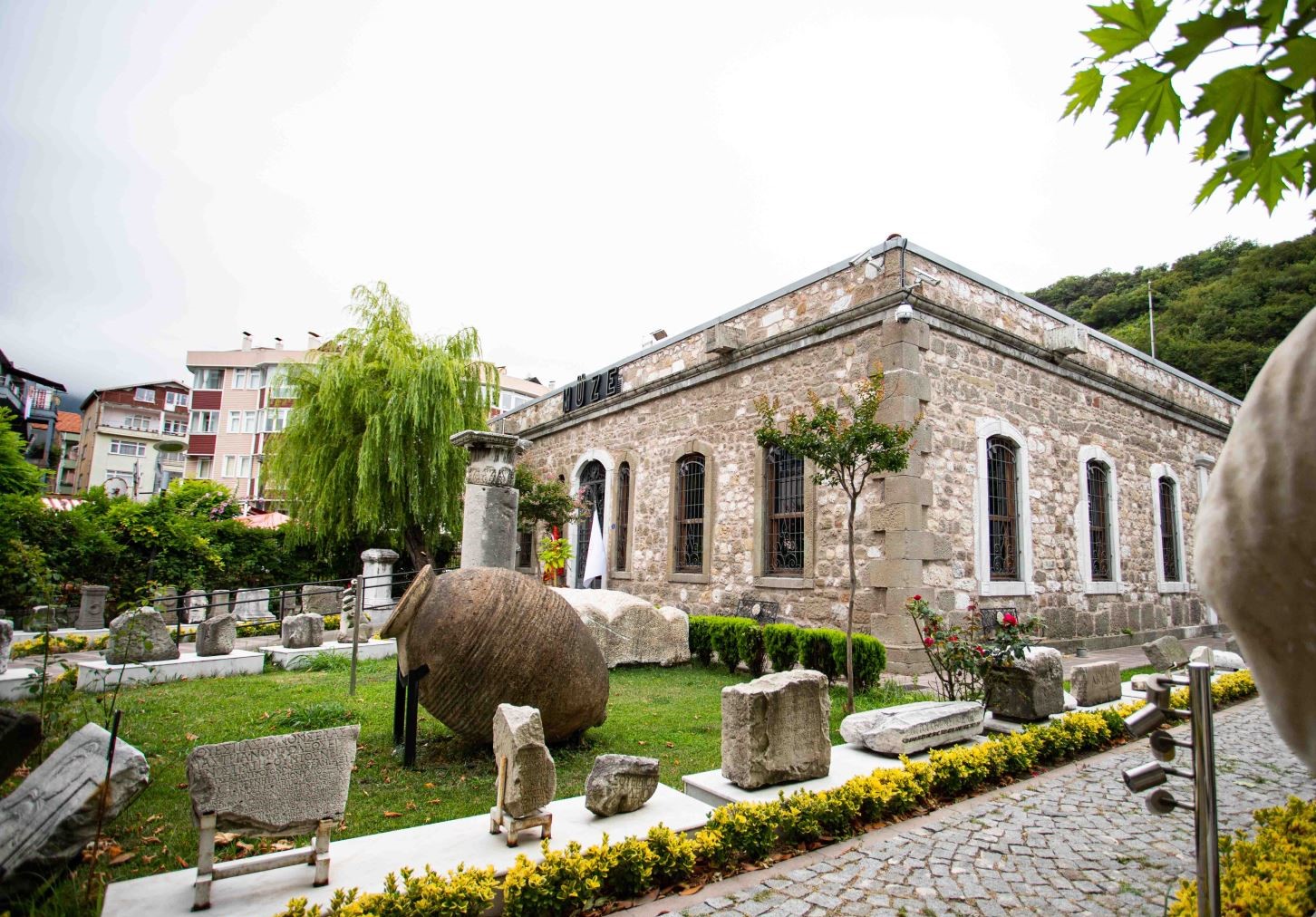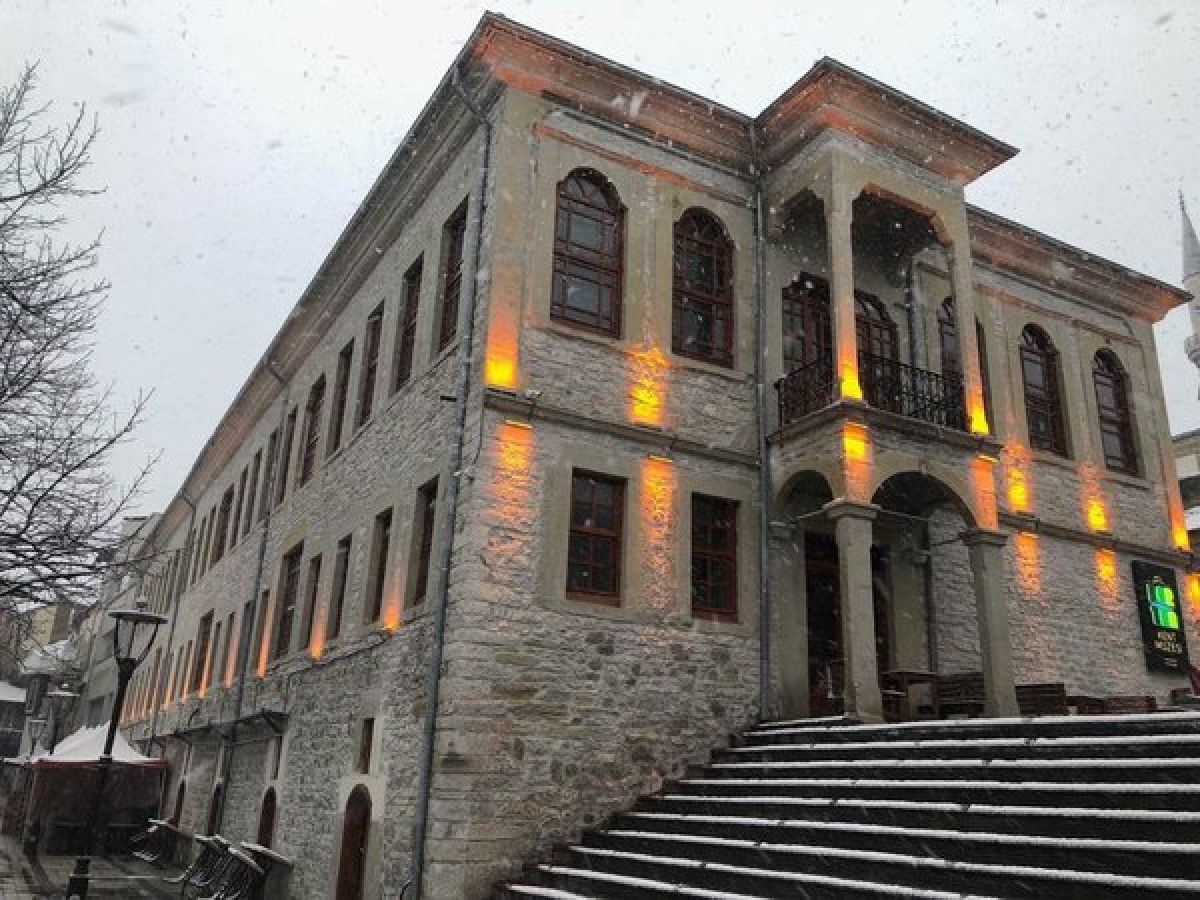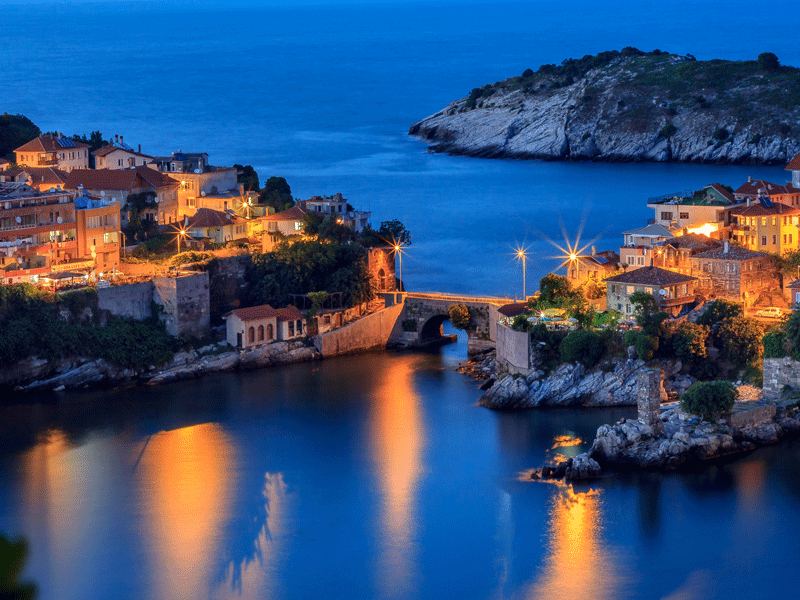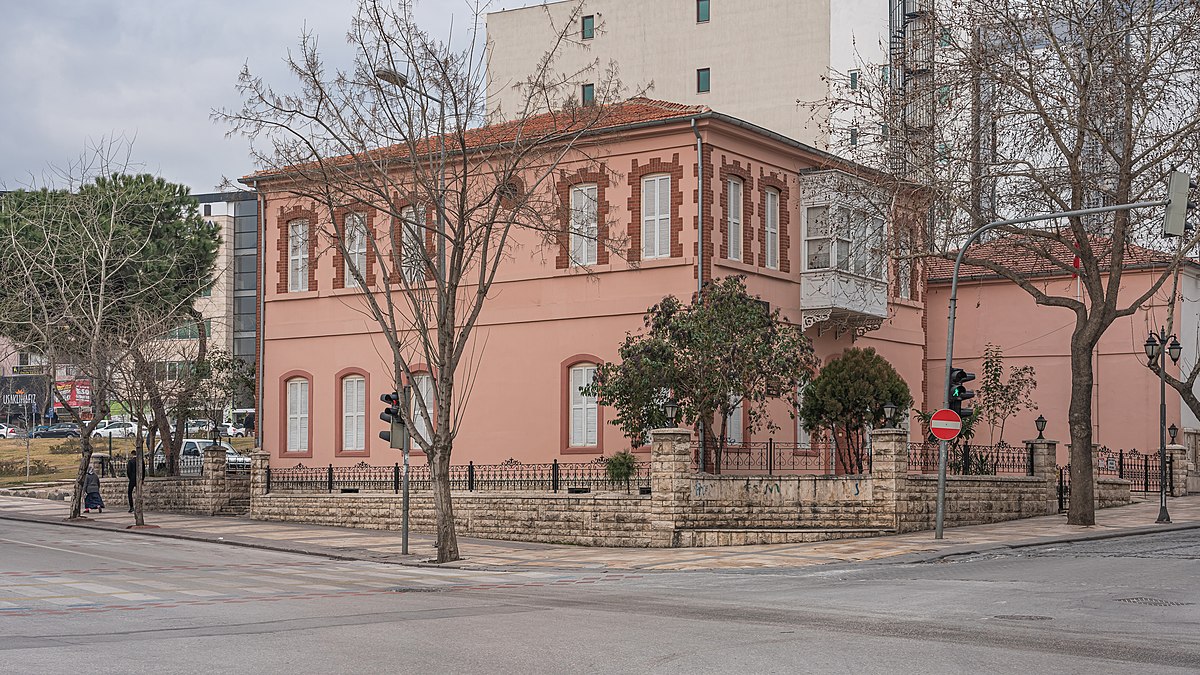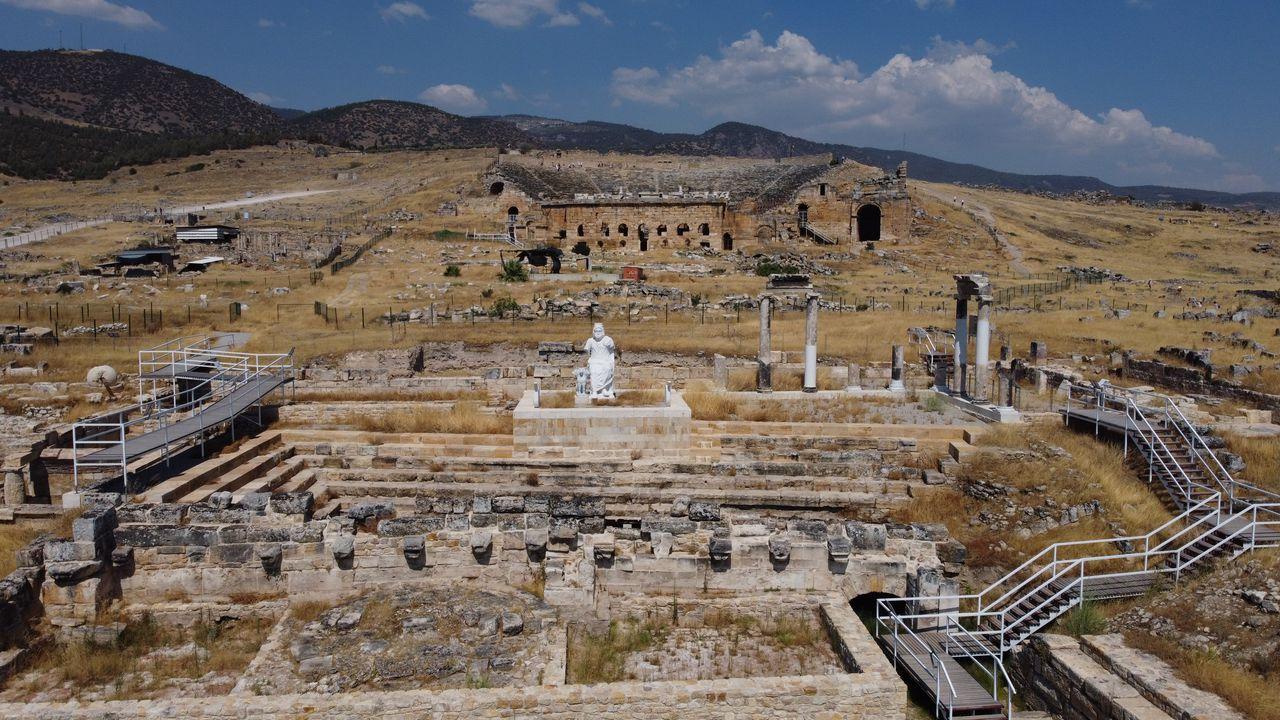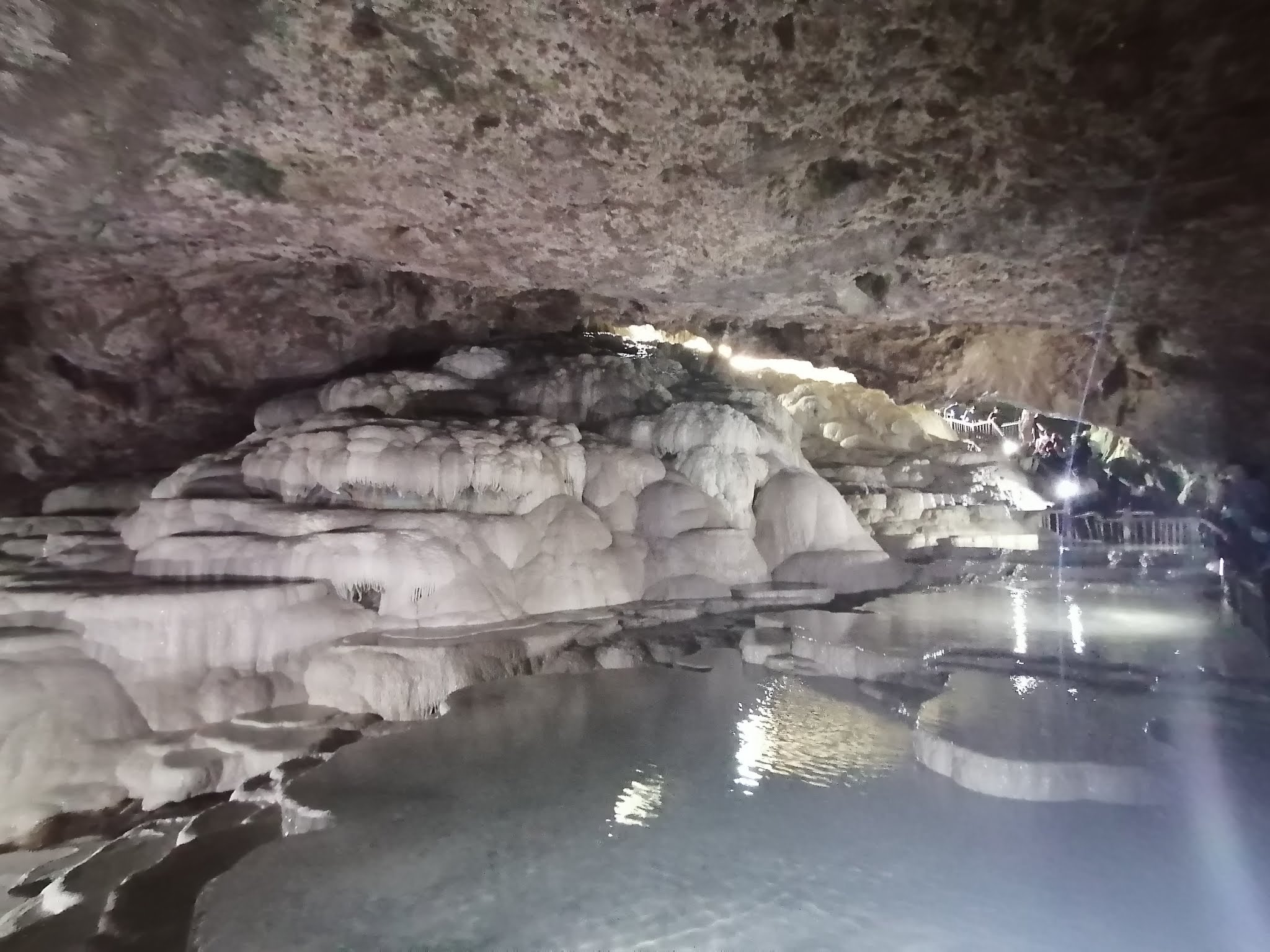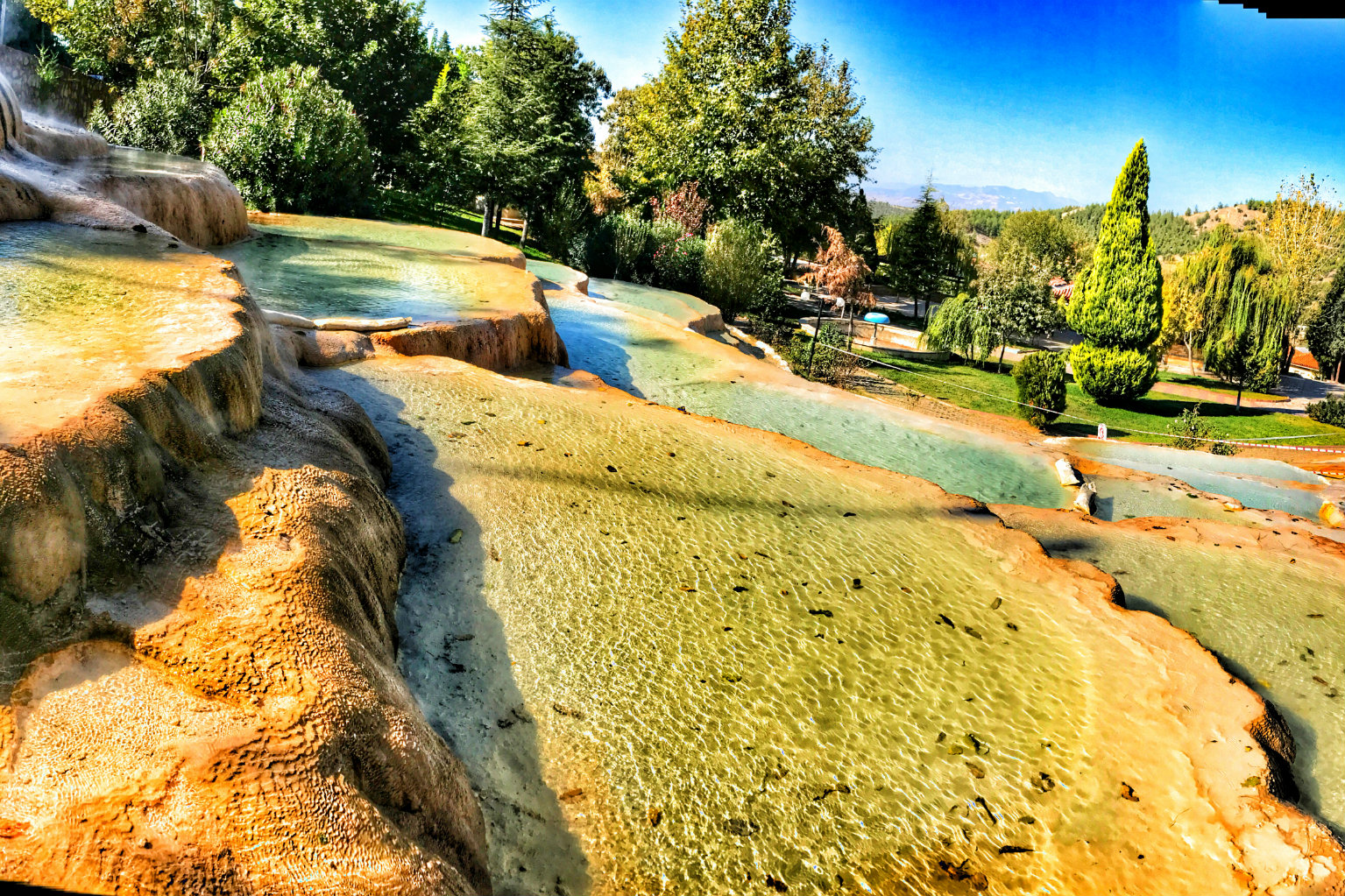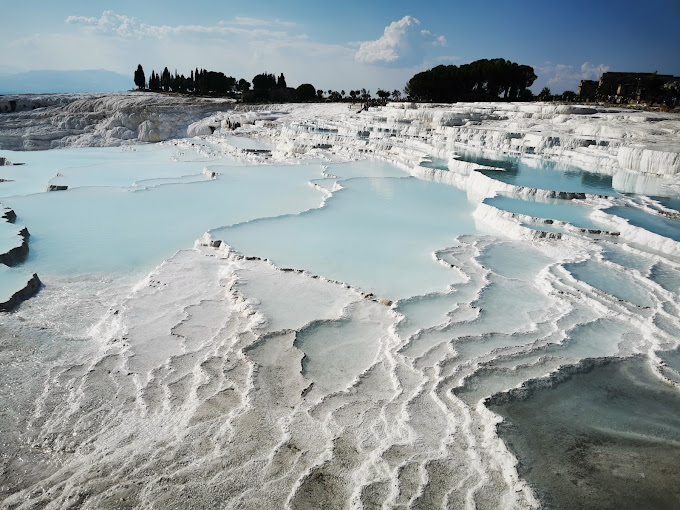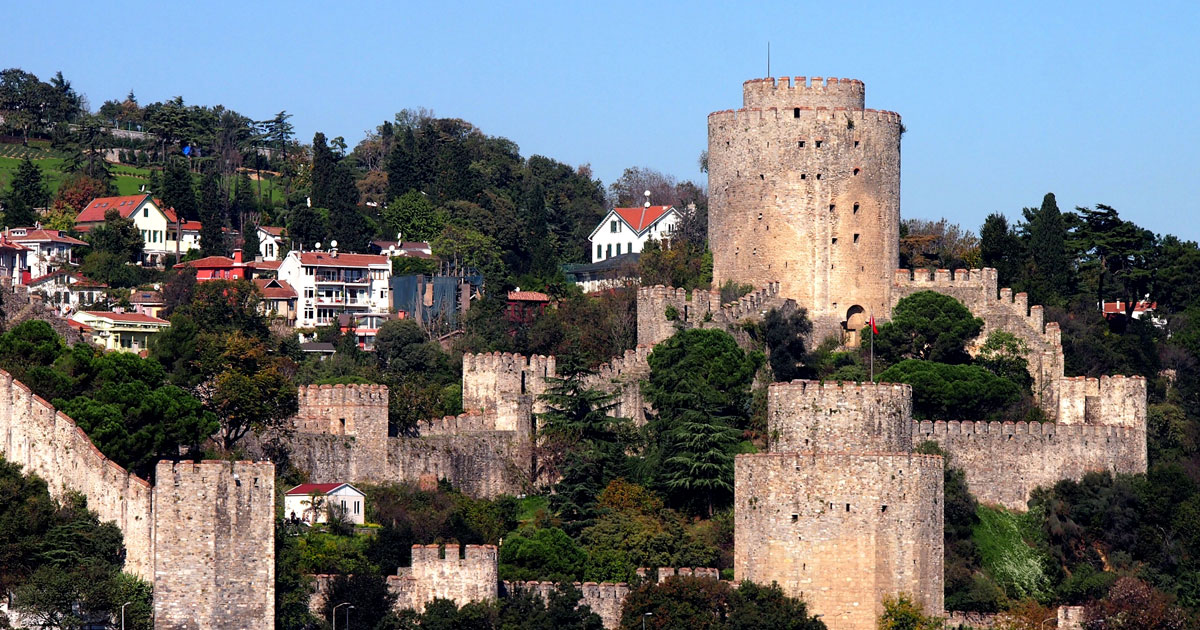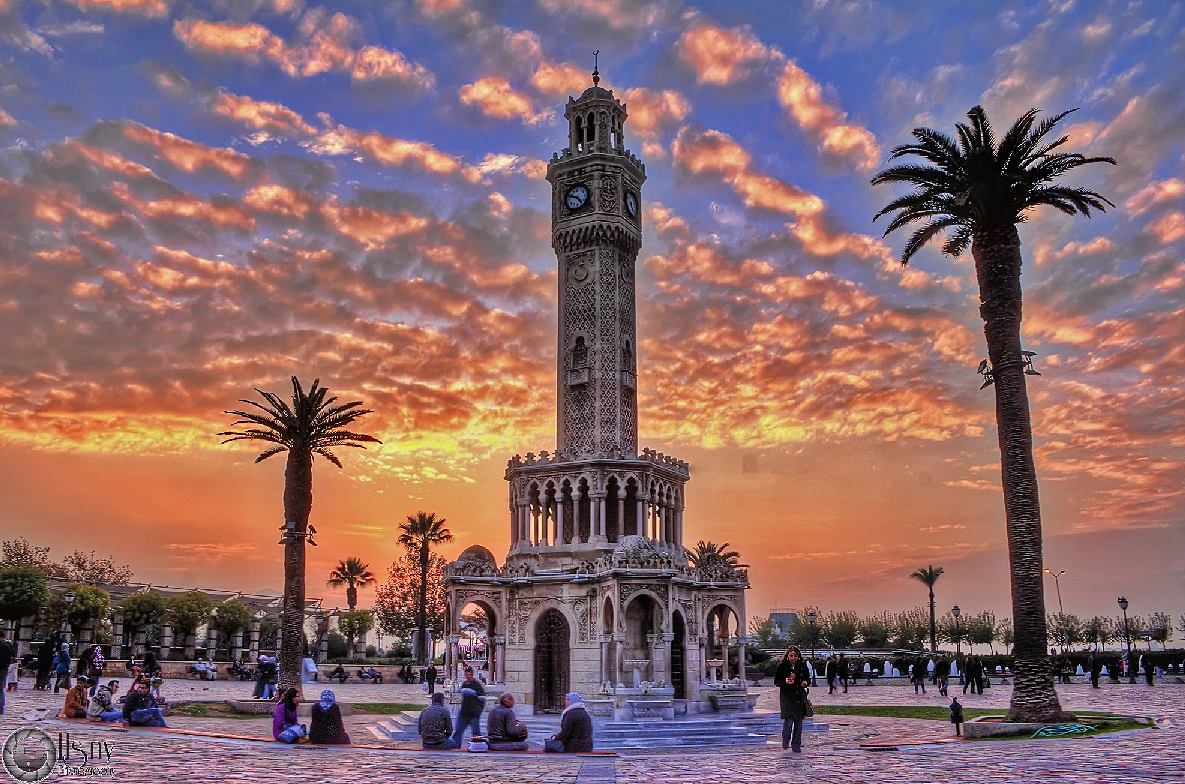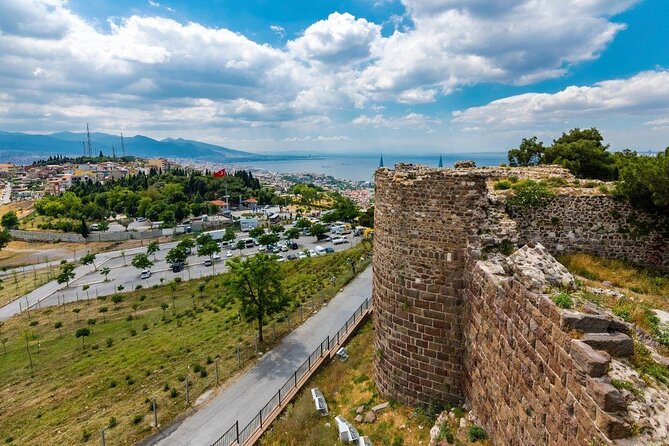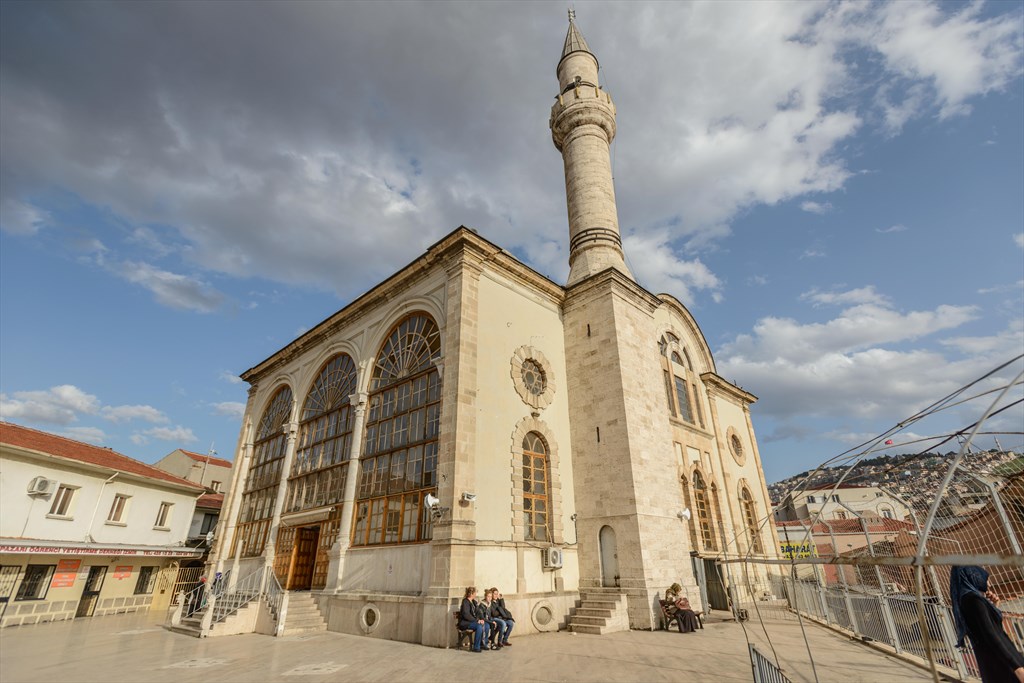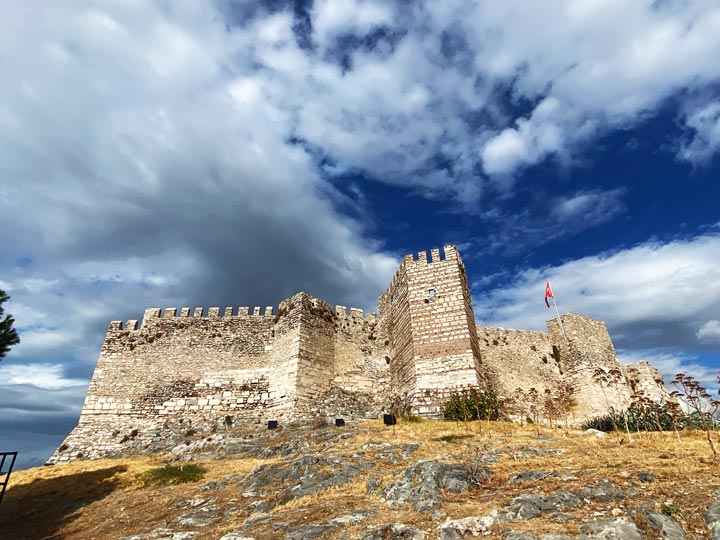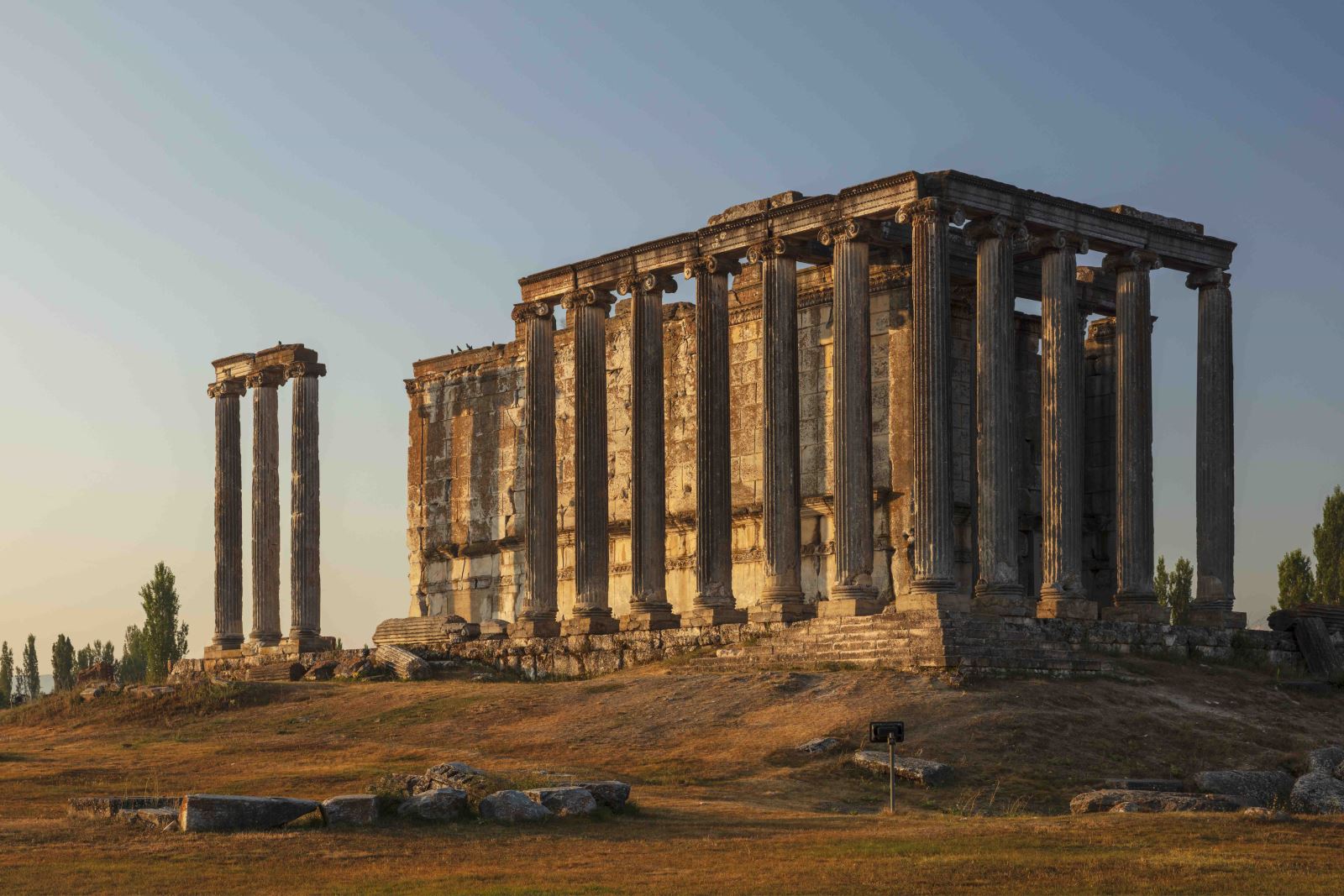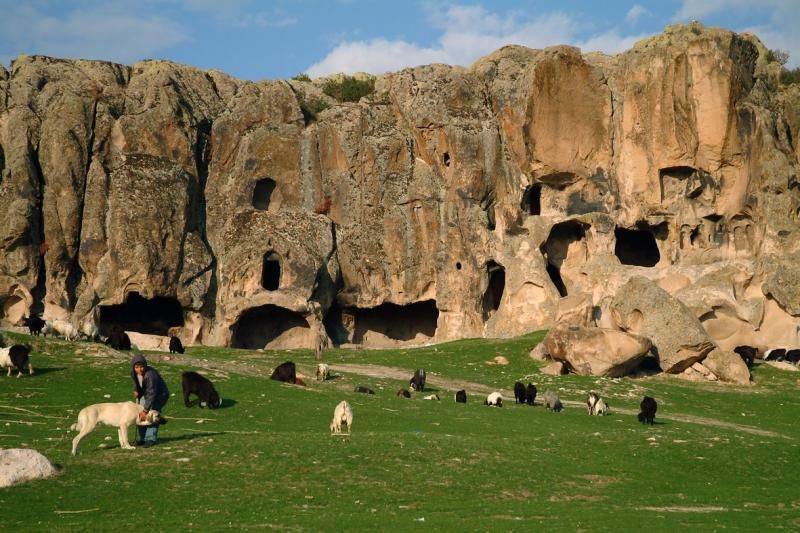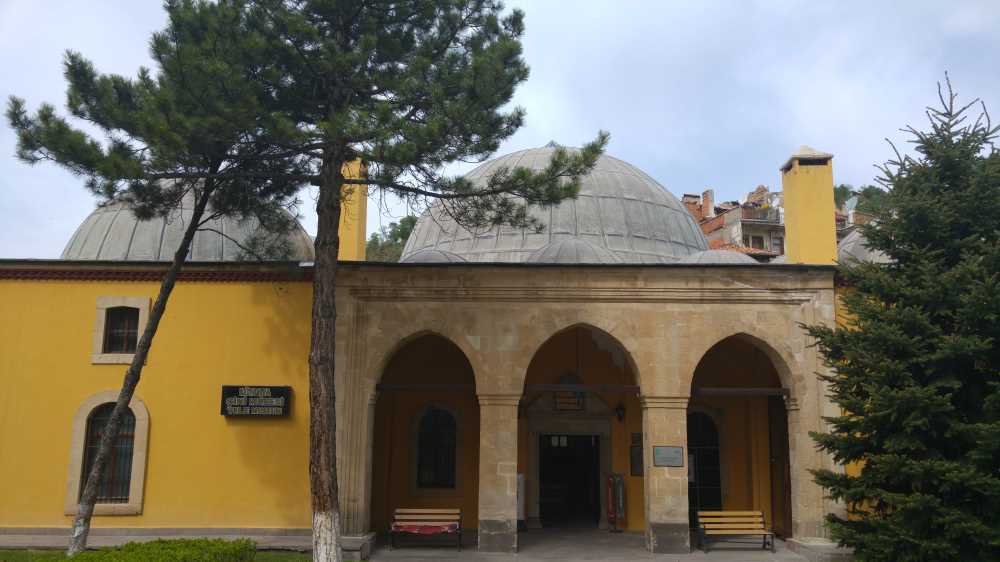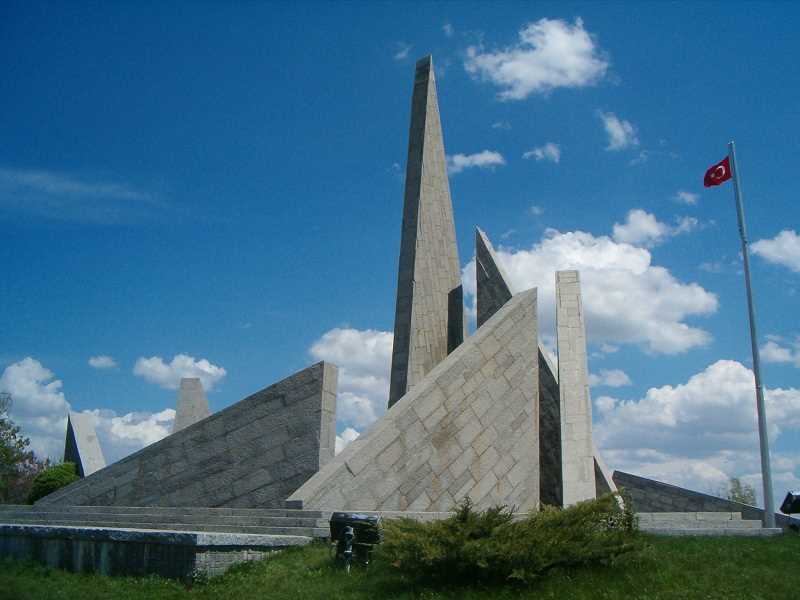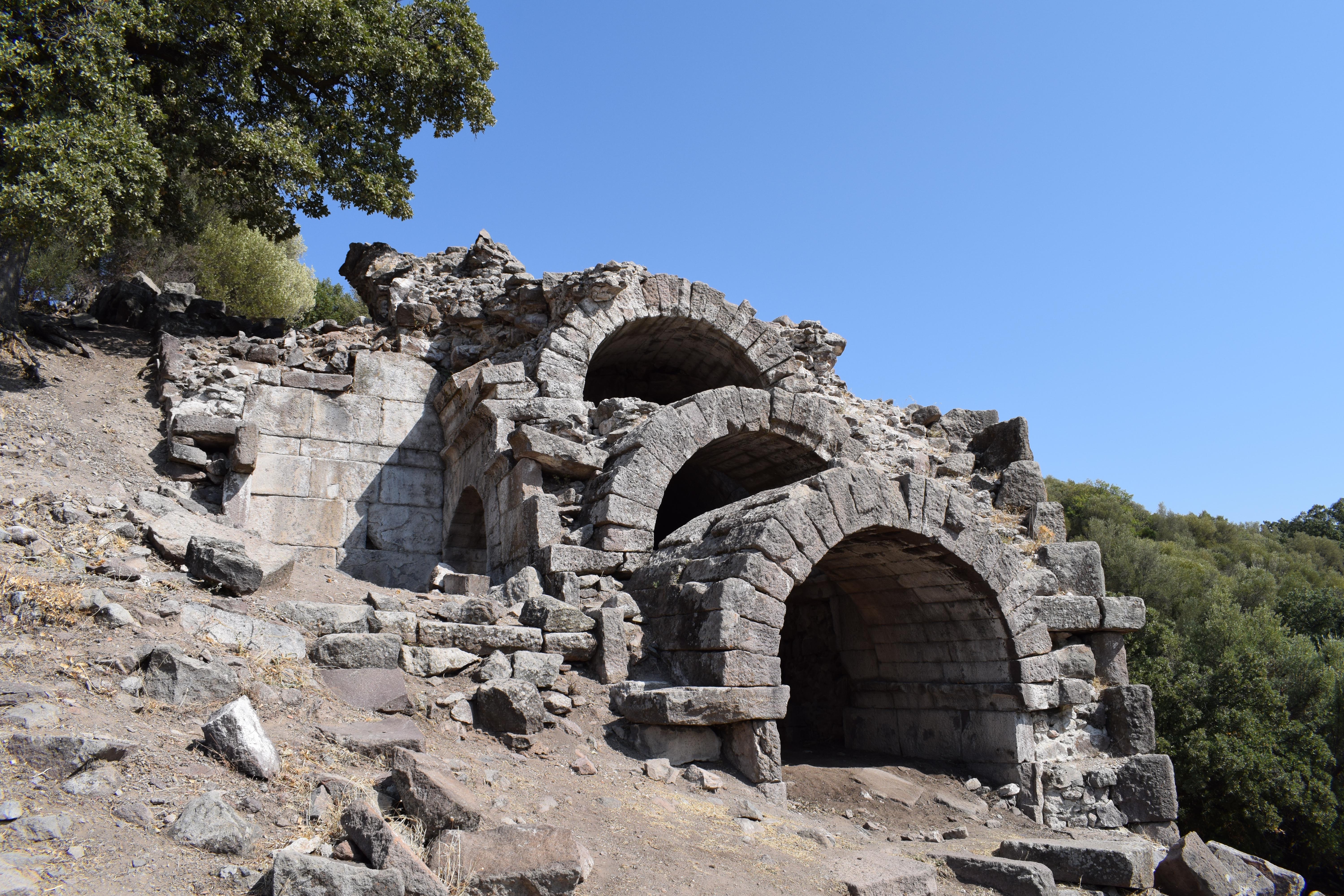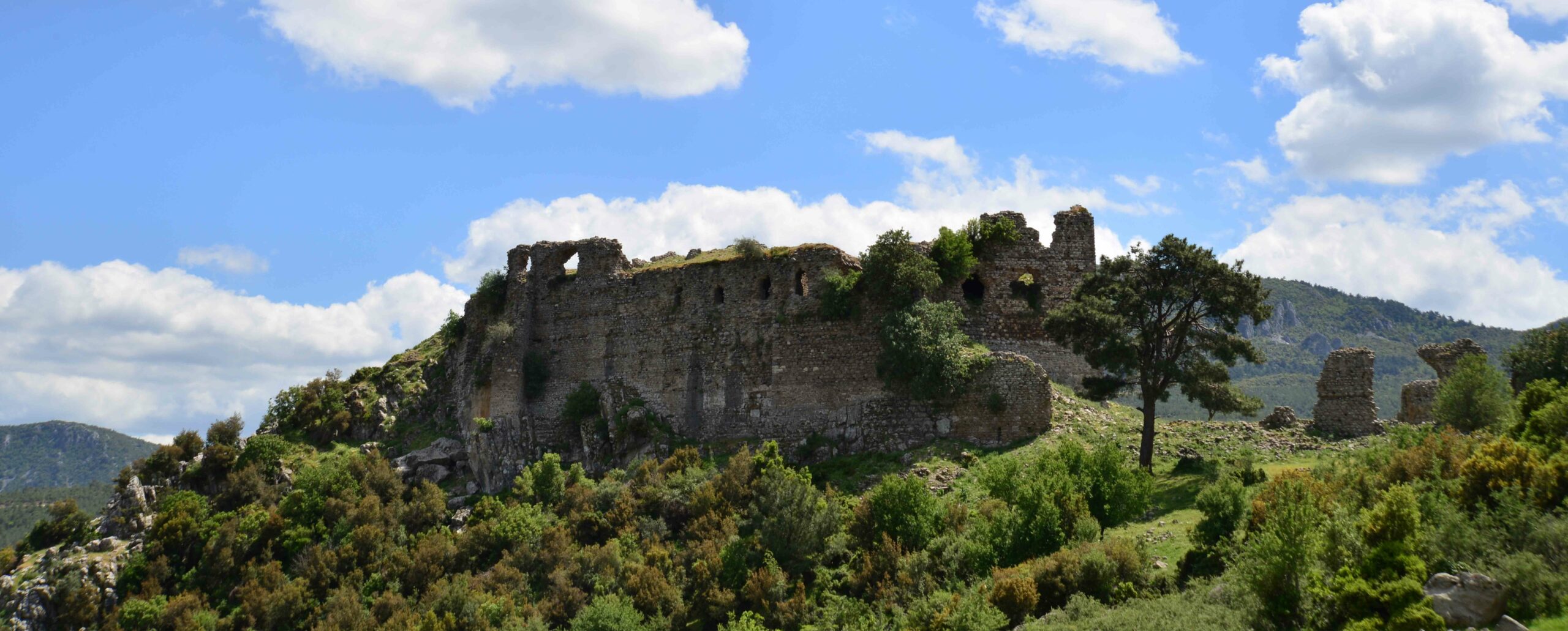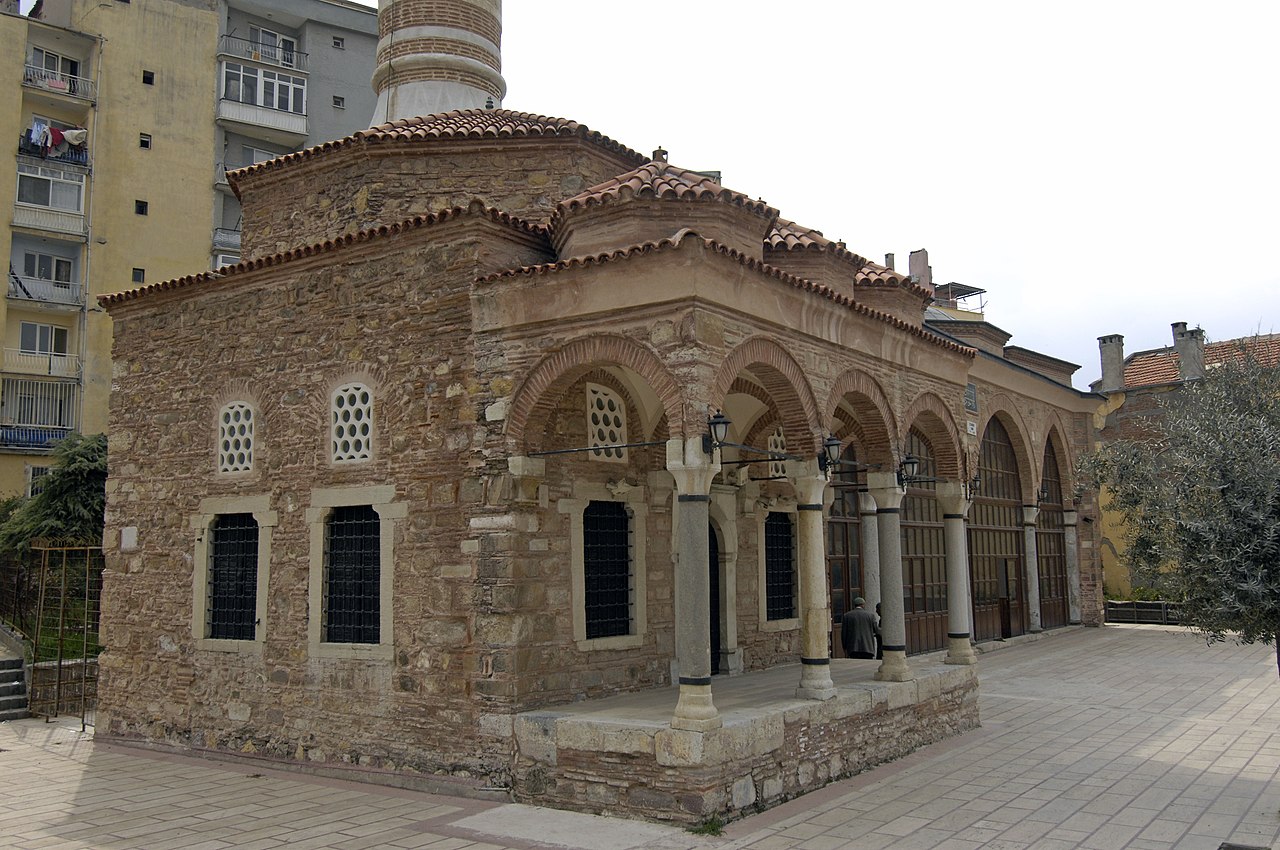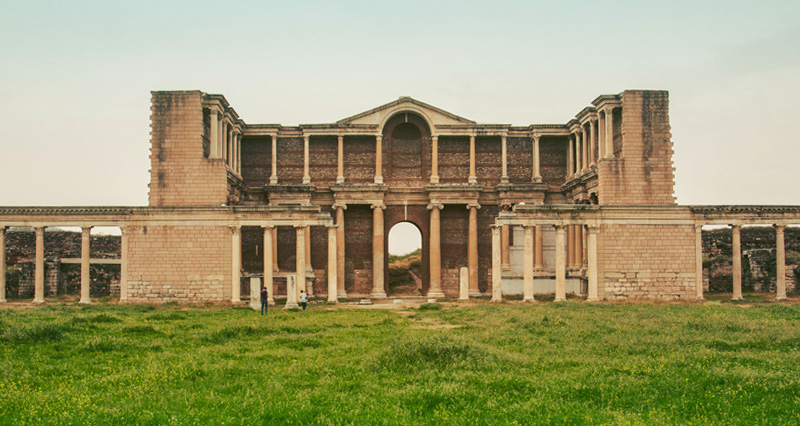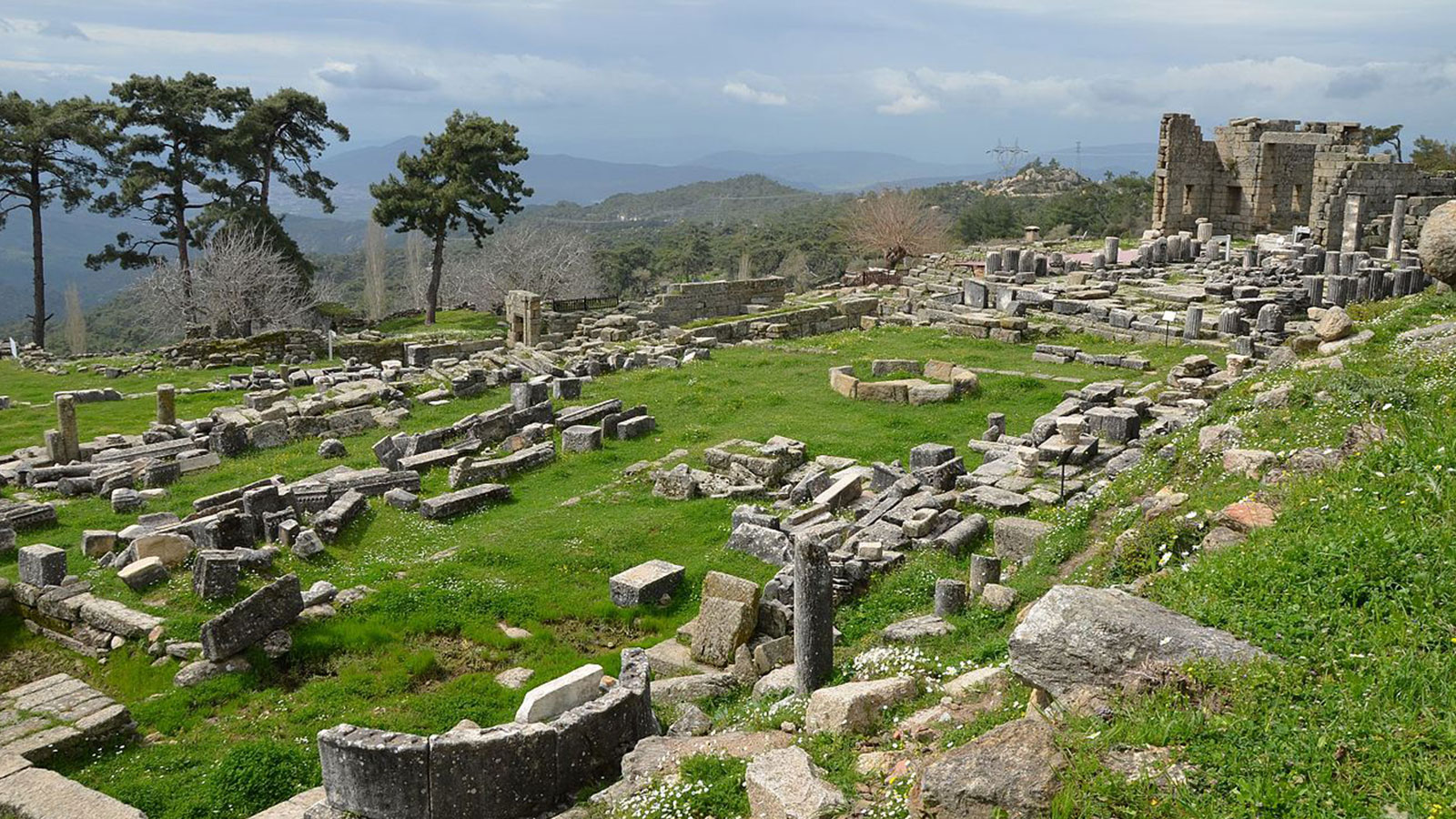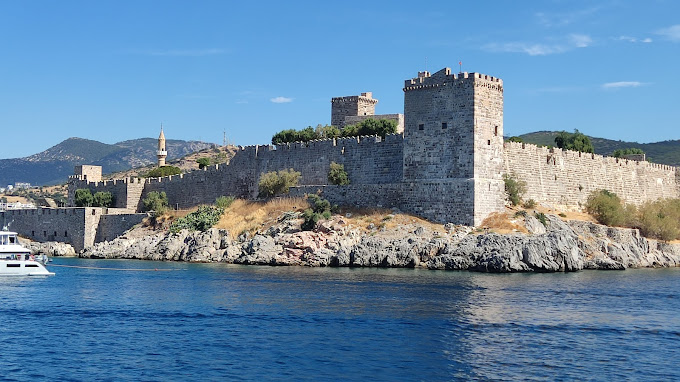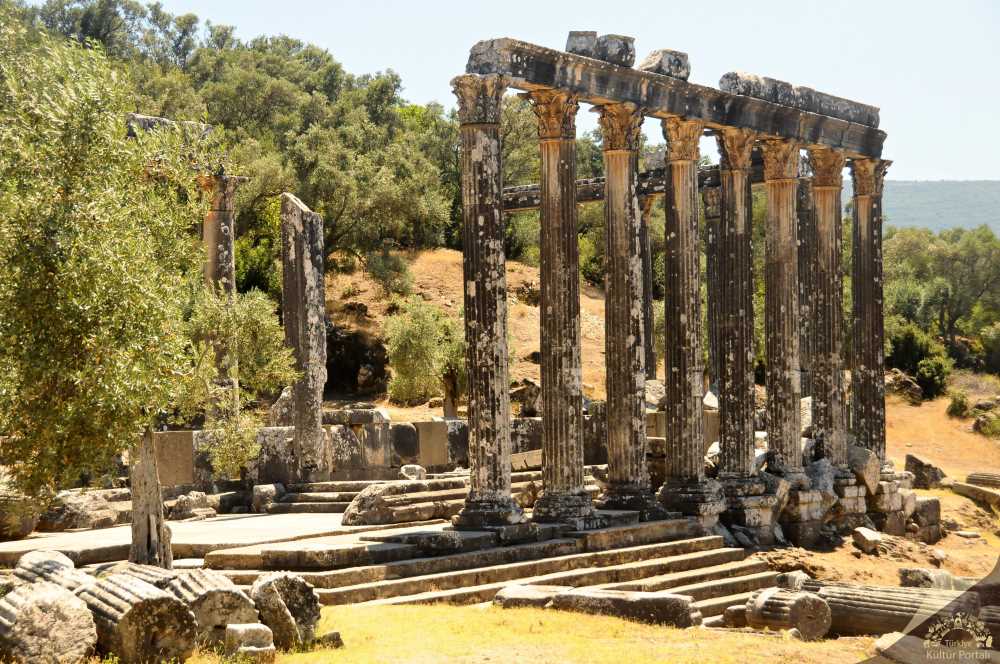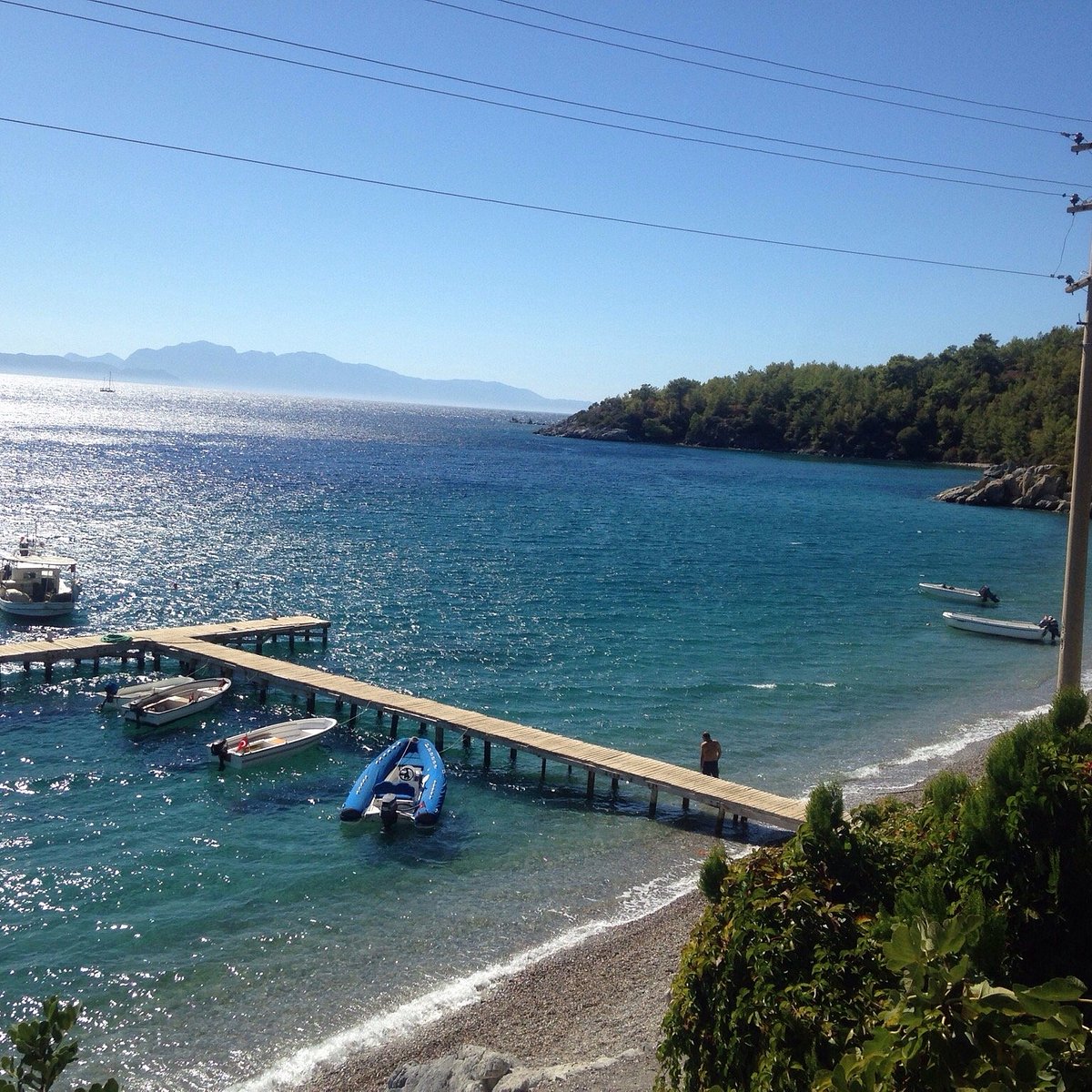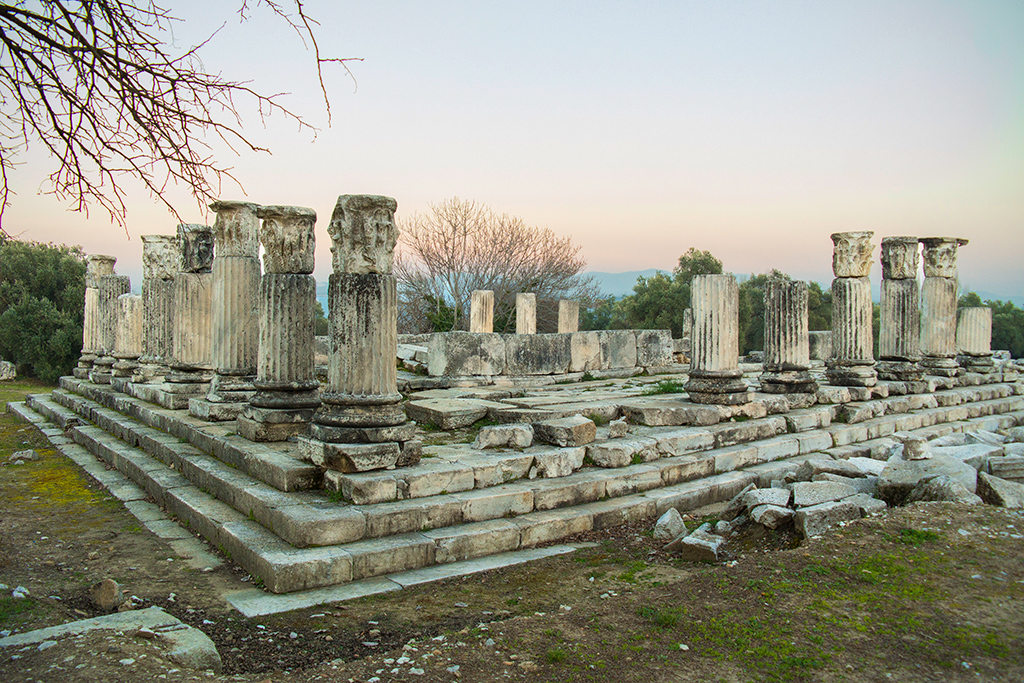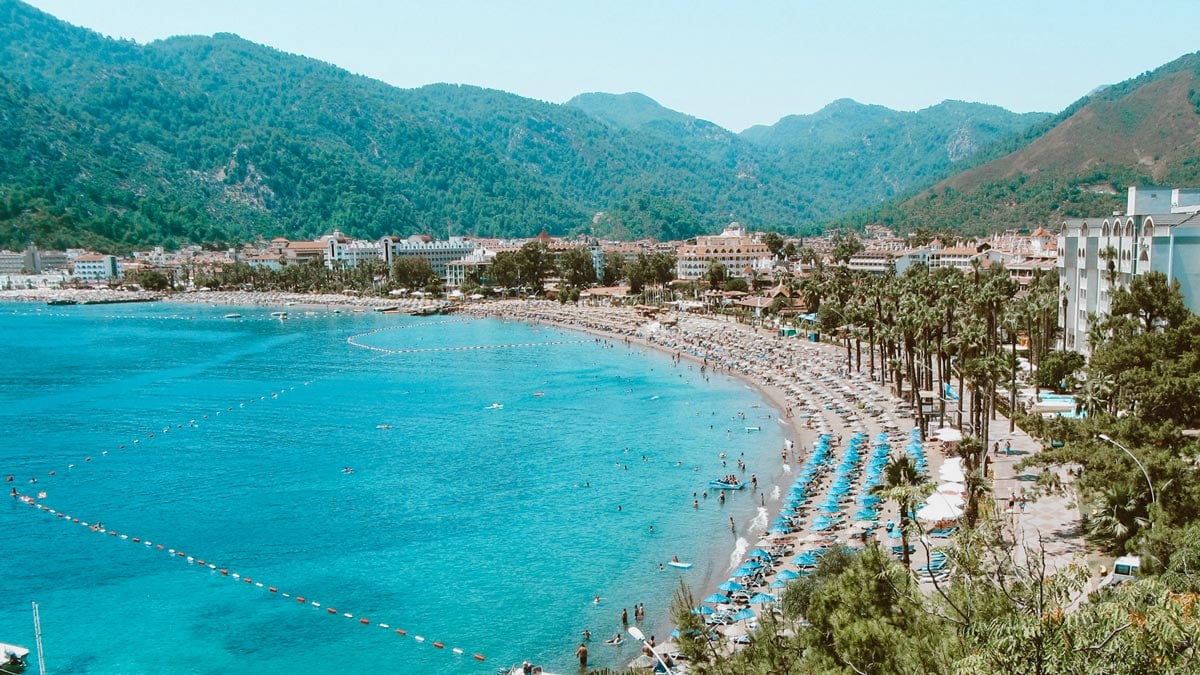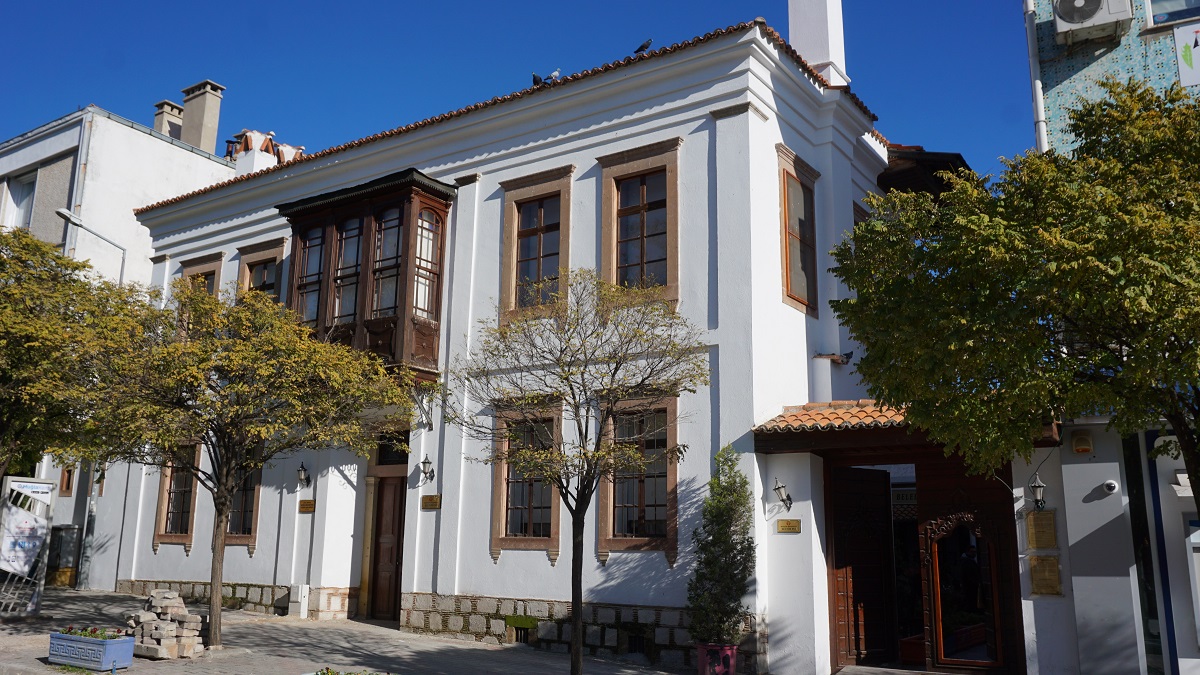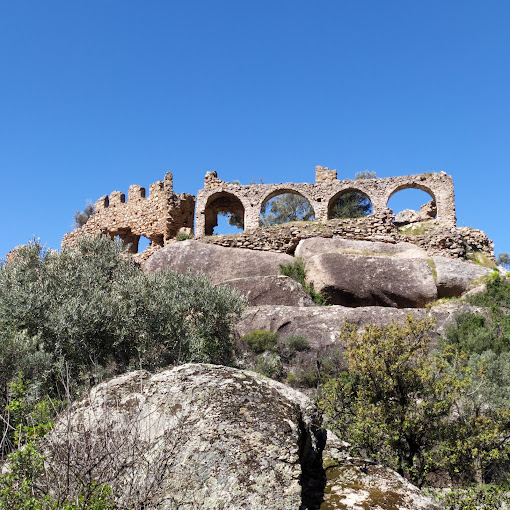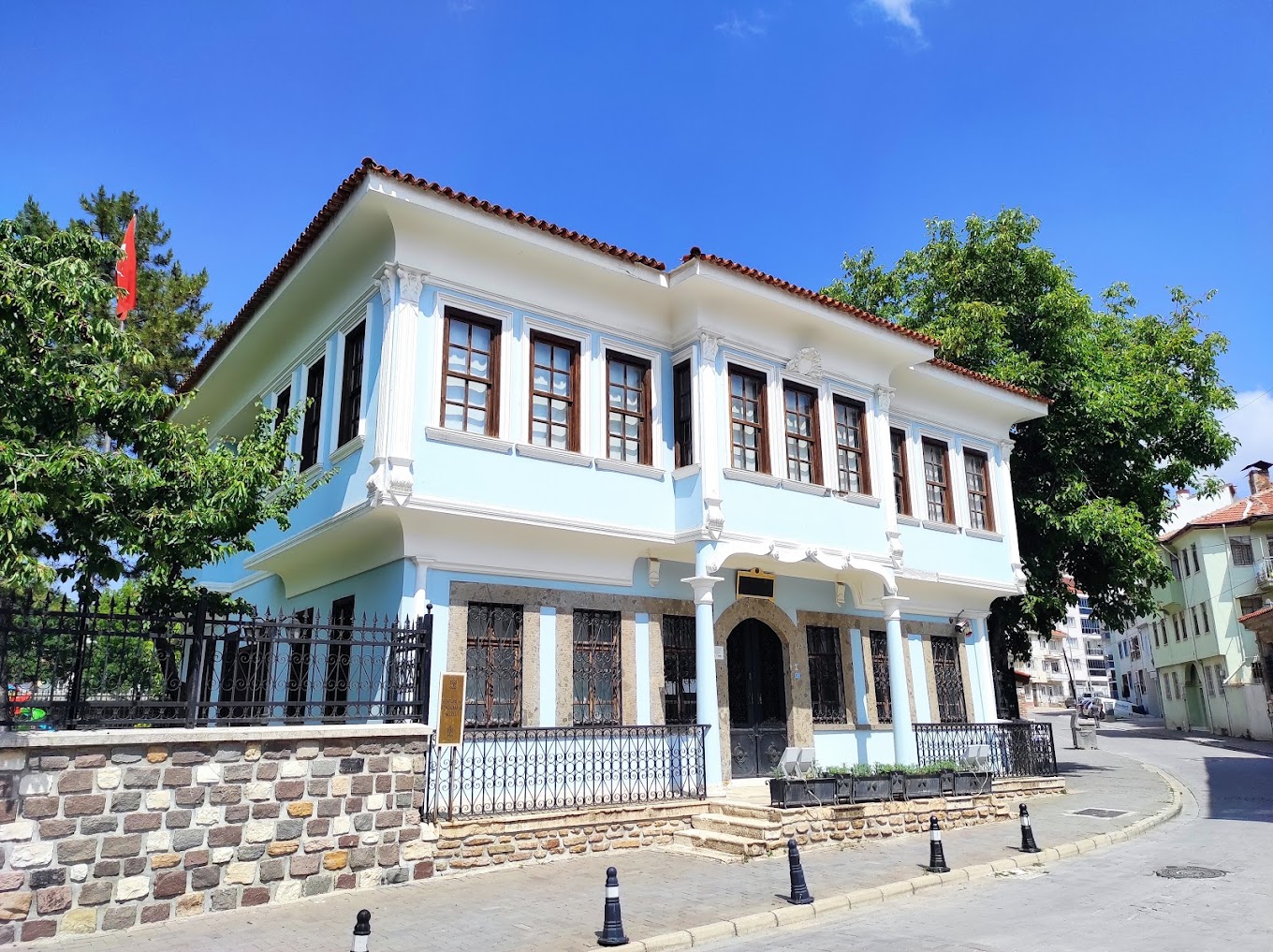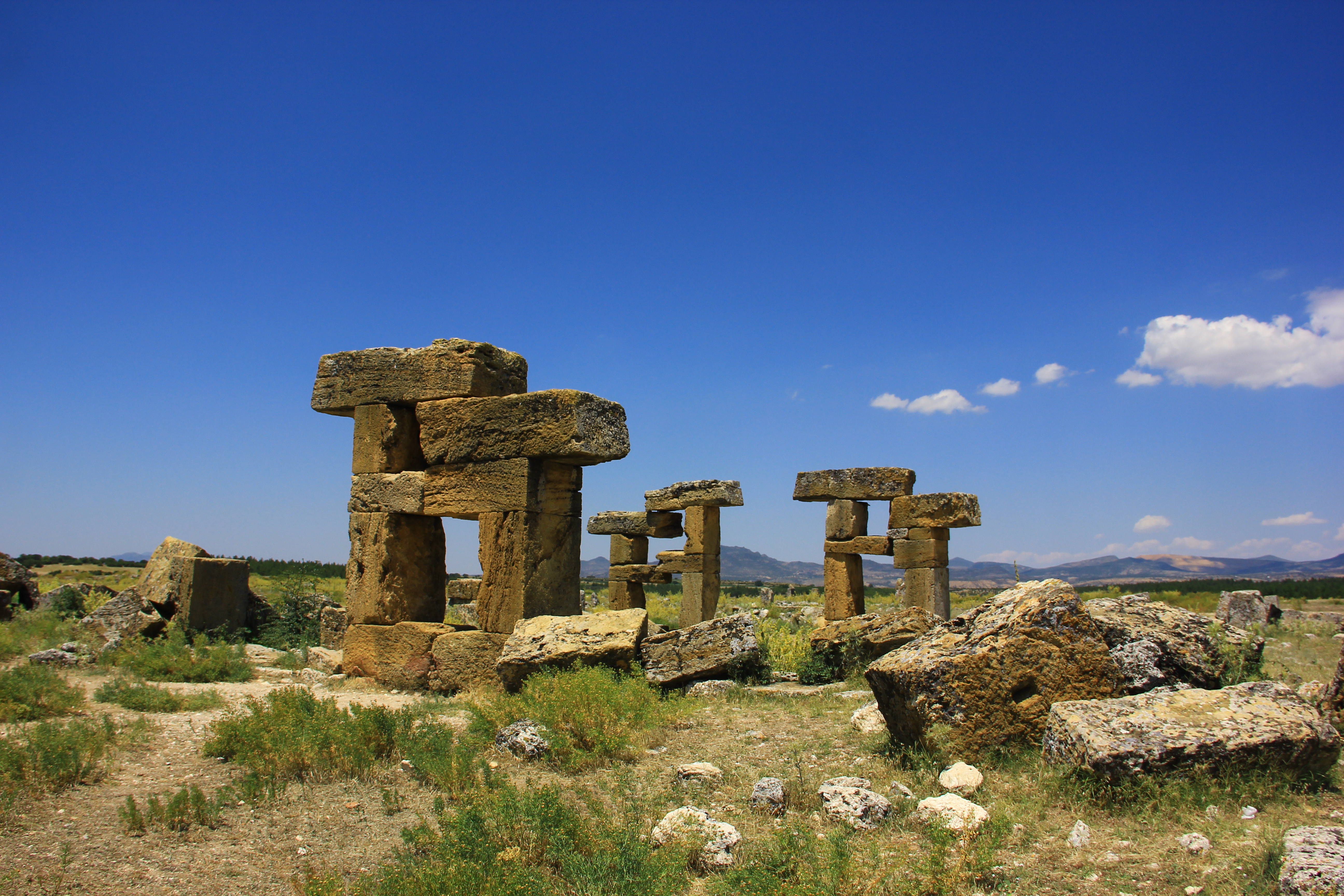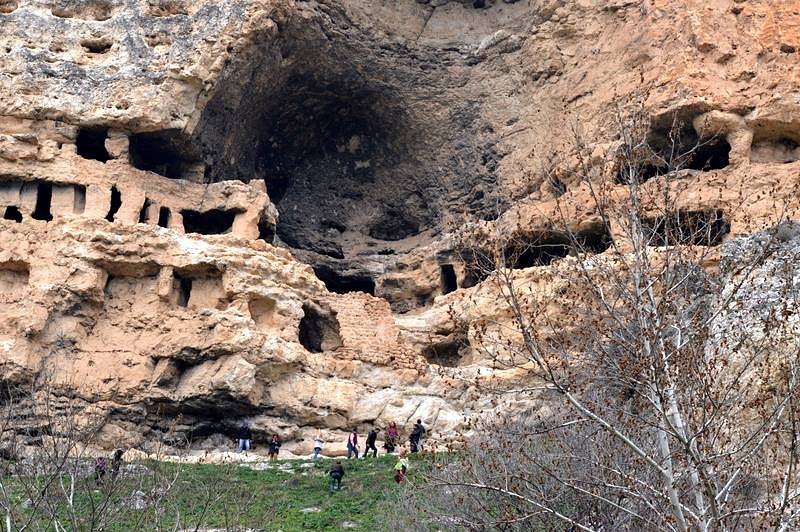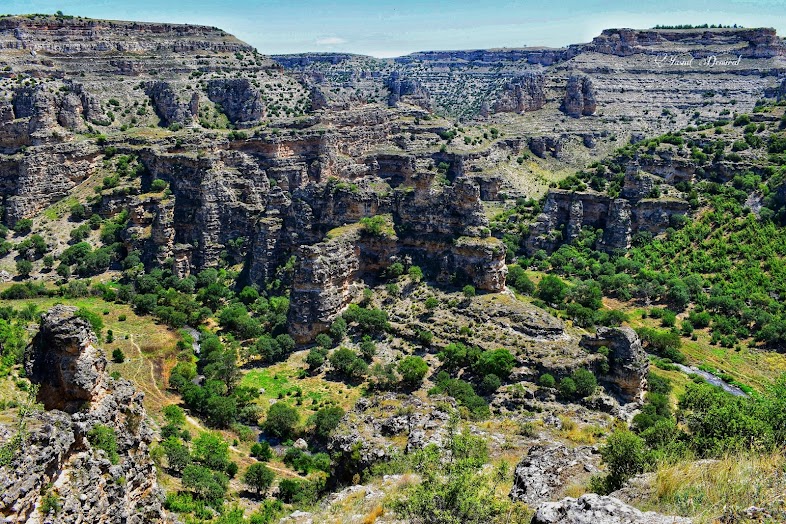Selçuk Castle
Selcuk Castle, which is located on a hill overlooking the historical district of Izmir, Selcuk, is also known as Ayasuluk Castle. The castle behind the church, which Christians attach great importance to religiously, has witnessed many periods of history. If we go back to the old periods of the history of the castle, it is understood that the ancient city of Ephesus was one of the first settlements, especially in the 1000s BC. The city was moved to a flat area around the Temple of Artemis after the Lydian king Kroisos took the city. Selcuk Castle, known as the crown of the city of Selcuk, is a castle belonging to the Seljuk and Ottoman periods. The building, which was built using rubble stone, spolia and brick, was reinforced with 17 towers. The structures inside the Seljuk Castle, which has two main entrances in the east and west directions, were destroyed due to earthquakes and wars. Even the castle walls have become piles of stones. However, as a result of the restorations, it took its present form. When you look at the photos at the entrance of the castle, you can see how the old version of the castle has succumbed to time. After the castle was captured by the Turks, it was named Ayasuluk and the city on the hill served as the capital for a while during the Aydınoğulları Principality. It joined the Ottoman lands in the 14th century. It can be said that there are not many buildings that have survived or been restored inside the castle. Located at the top of the Ayasuluk Castle, the cistern was the eastern part of a basilica in the Byzantine Period. The cistern, fed by rain water, met the water needs of the bath and fountain around it. It is not possible to see anything other than Kale Mosque, which is impossible to enter with the cistern and looks like it would collapse if blown. The exact date when the mosque inside the castle was built is unknown. Because there is no inscription on or around it, but it is thought by archaeologists that it was built in the years when Aydınoğulları Principality took Ayasuluk. The foundations of the houses next to the mosque in Kale İçi, where it is widely believed that St. John wrote his Bible at the age of 90, were unearthed as a result of excavations. It is possible to see the borders of the houses. The history of the houses used in the Aydınoğulları and Ottoman periods goes back to the Byzantine period. The upper floors of the houses, which were built adjacent to each other and the lower floors of which were used as barns, were used as living space.





